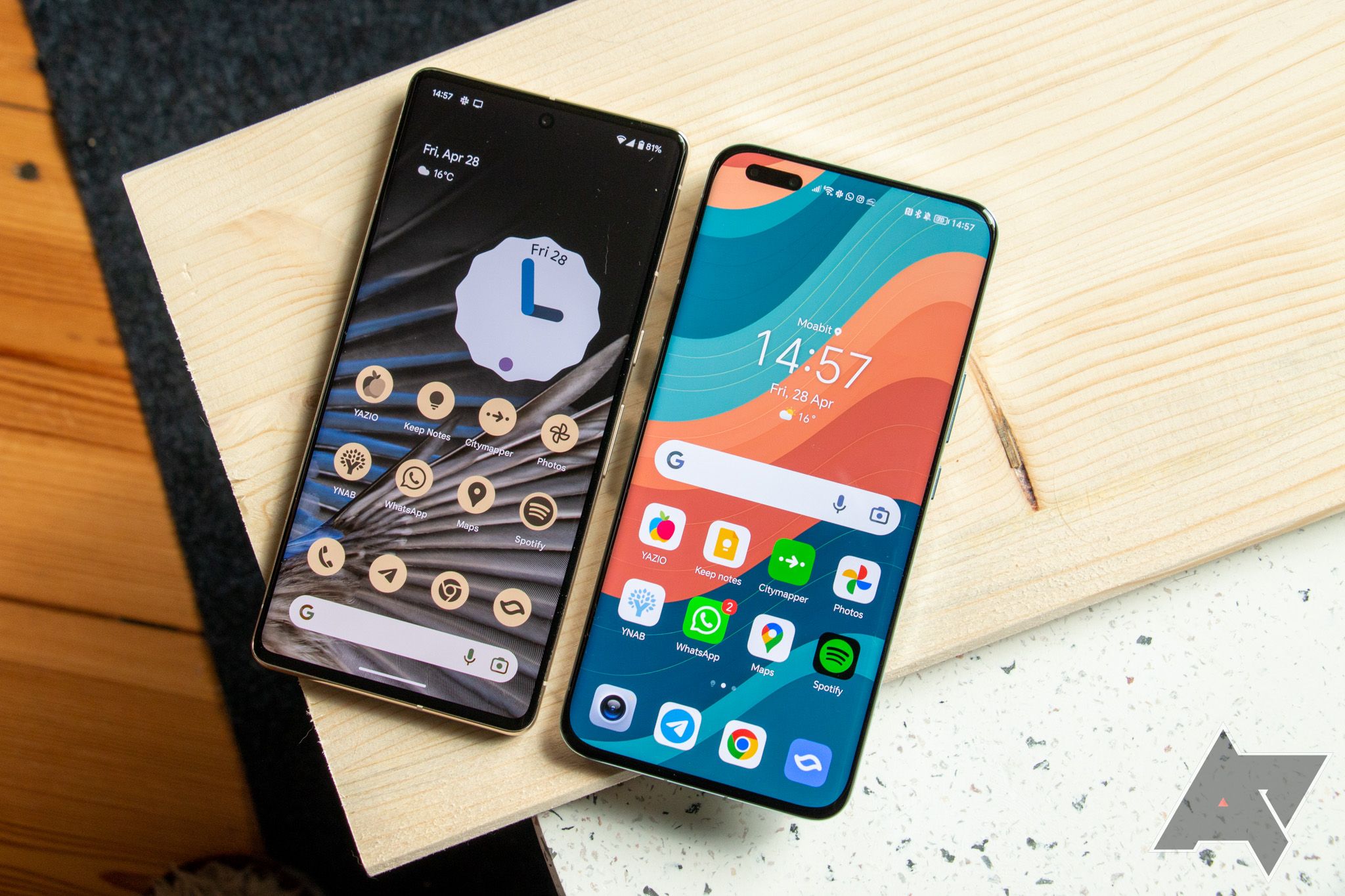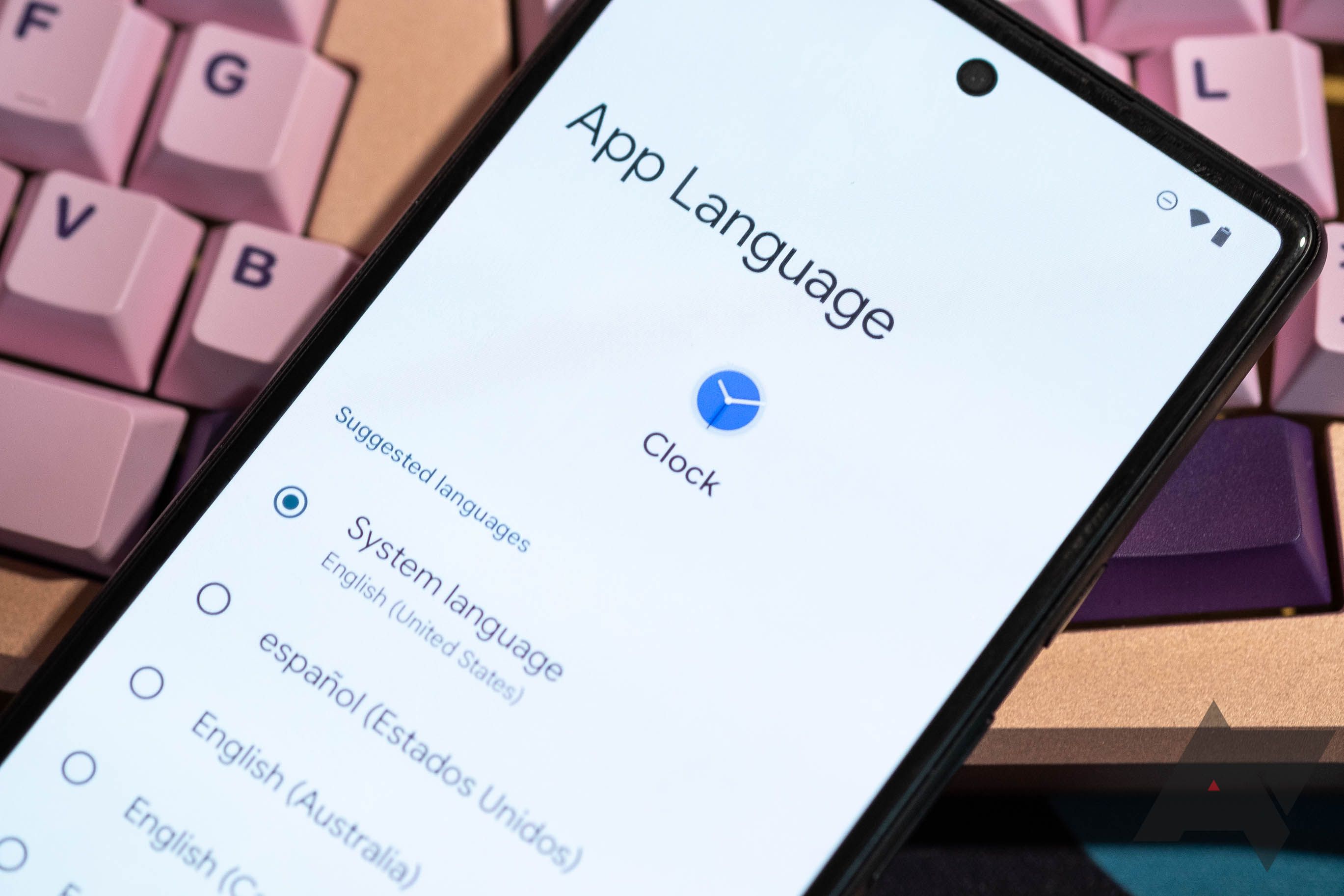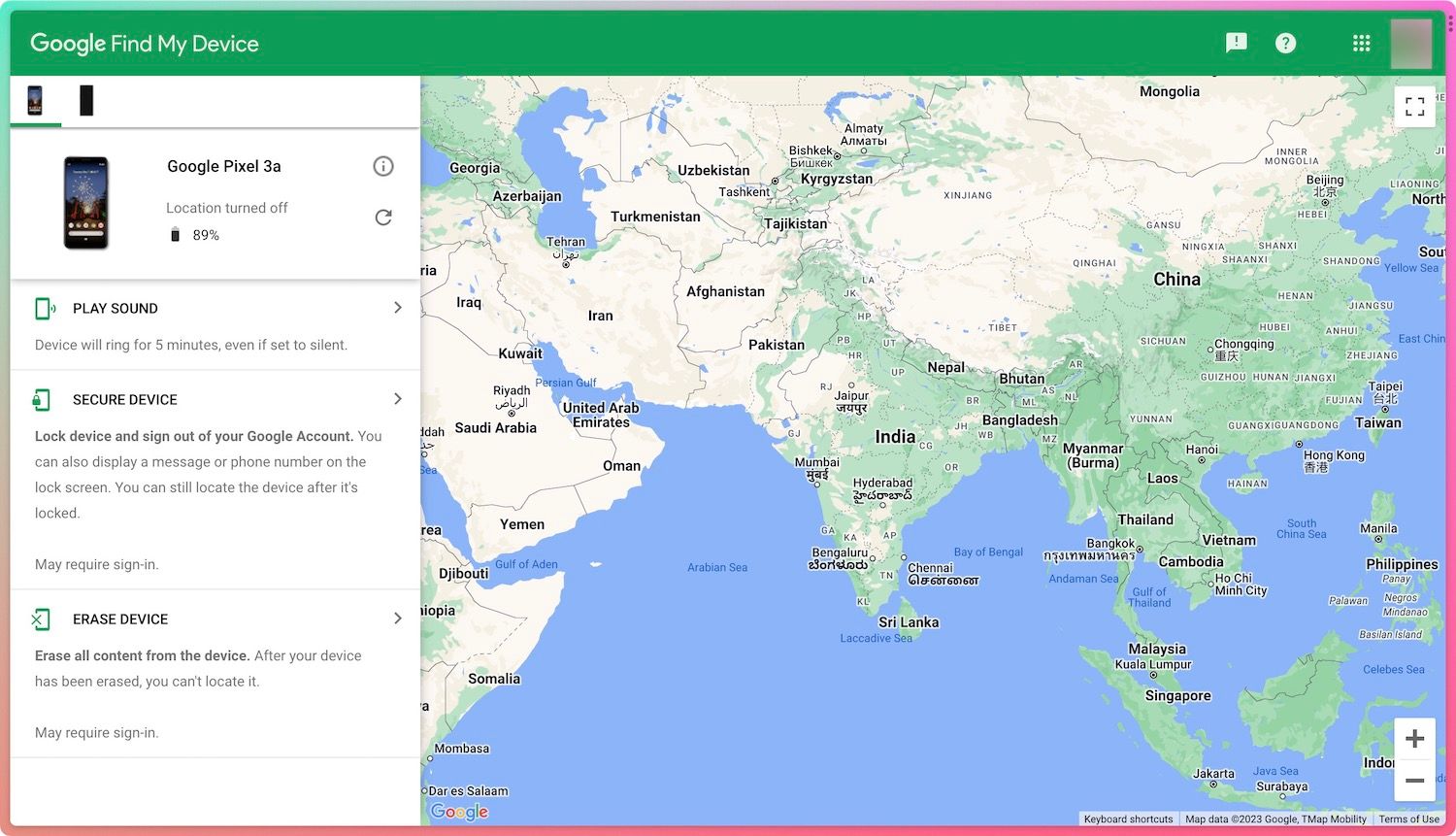Android is an excellent mobile operating system because it is simple and approachable for everyone out of the box. However, for Android users ready to invest time and effort, the Android operating system offers a mind-blowing level of customizability and features. This versatility makes Android the perfect mobile operating system for first-time and pro users.
This guide lists the best Android tips and tricks to help you use your Android smartphone like a pro. We kept these tips platform-agnostic, so you can use these tips on the best Android smartphones regardless of the brand.
We used the Google Pixel phone as our demo phone for this article, so some of the settings we mention may not exactly match the settings on your phone. You can solve this issue by using the search function in your phone's Settings app or doing a Google Search to find the settings.
1 Change default apps
One of the first things you should do when you get a new Android smartphone is change the default apps. All major smartphone brands tend to offer default browsers and mail apps, but most of them are not up to the mark. For example, Samsung smartphones come with the Samsung Messages app as the default messaging app, which is not in the same league as Google Messages. Similarly, Google Chrome is a better browser than Samsung Internet.
You might also want to use your favorite browser, SMS, and mail apps instead of the apps your smartphone manufacturer has set as default.
Android allows you to easily change the default apps, so you can use the ones you like. To change the default apps on Android, go to Settings > Apps > Default Apps, and choose the apps you want.
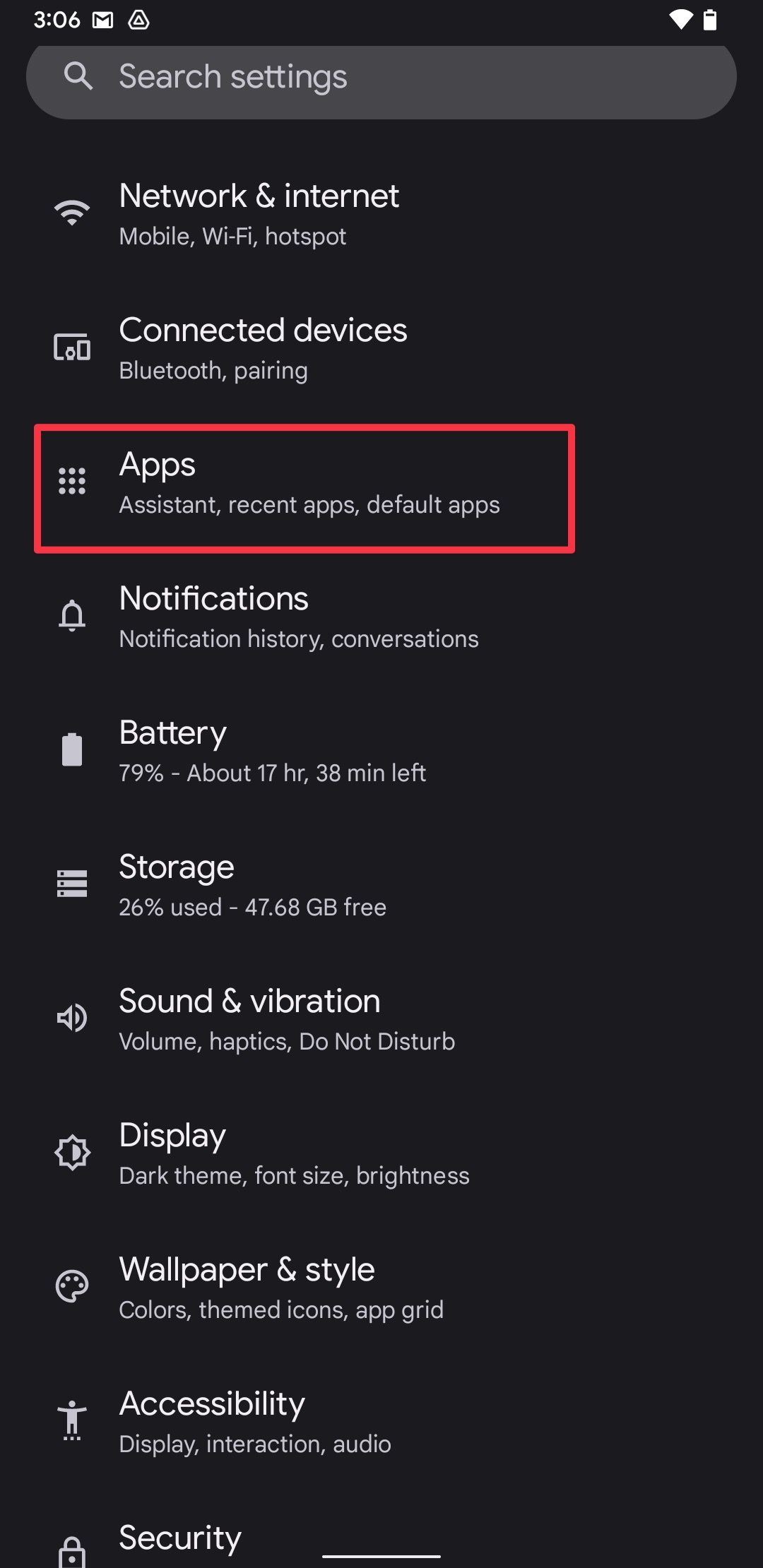
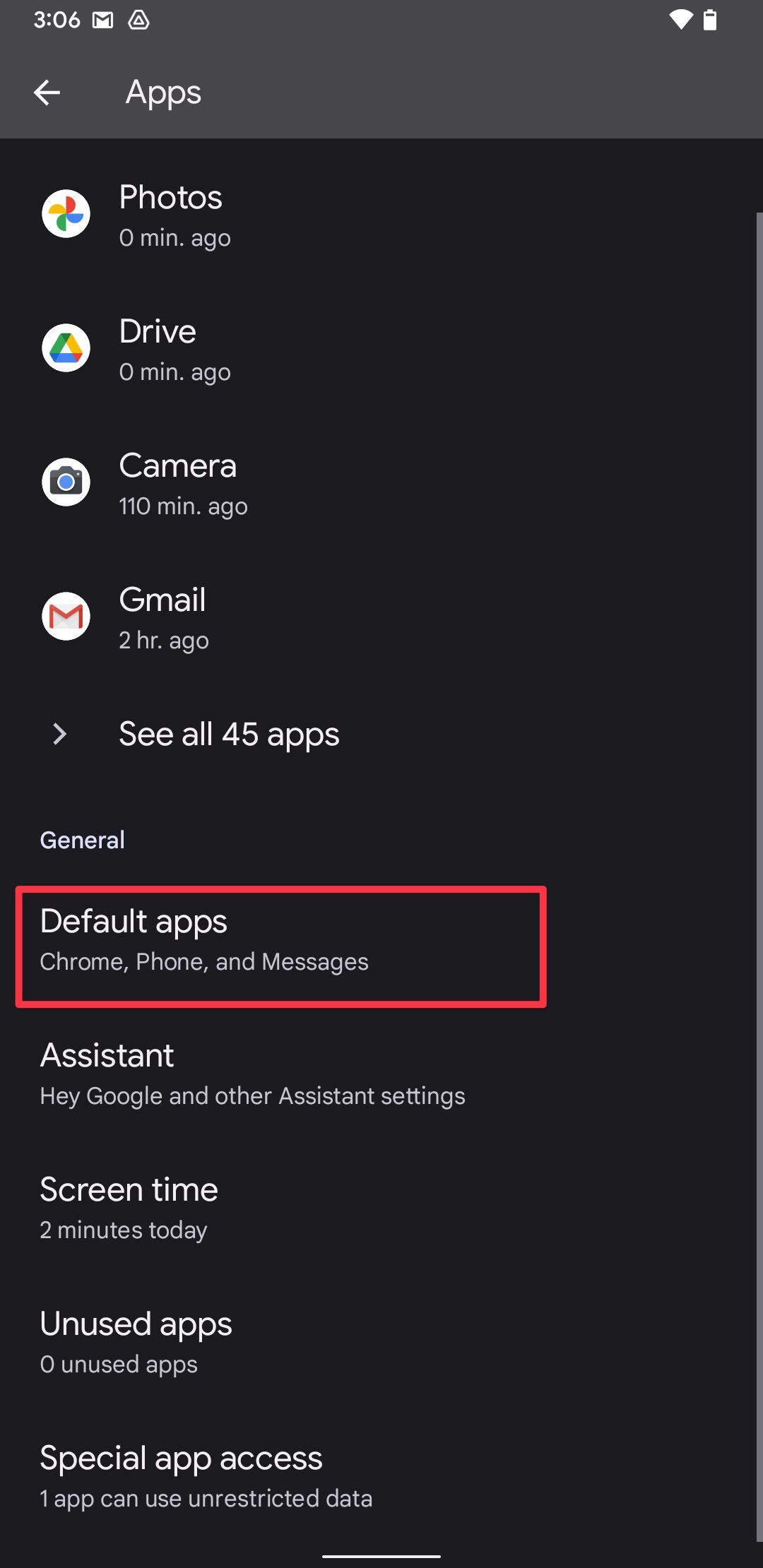
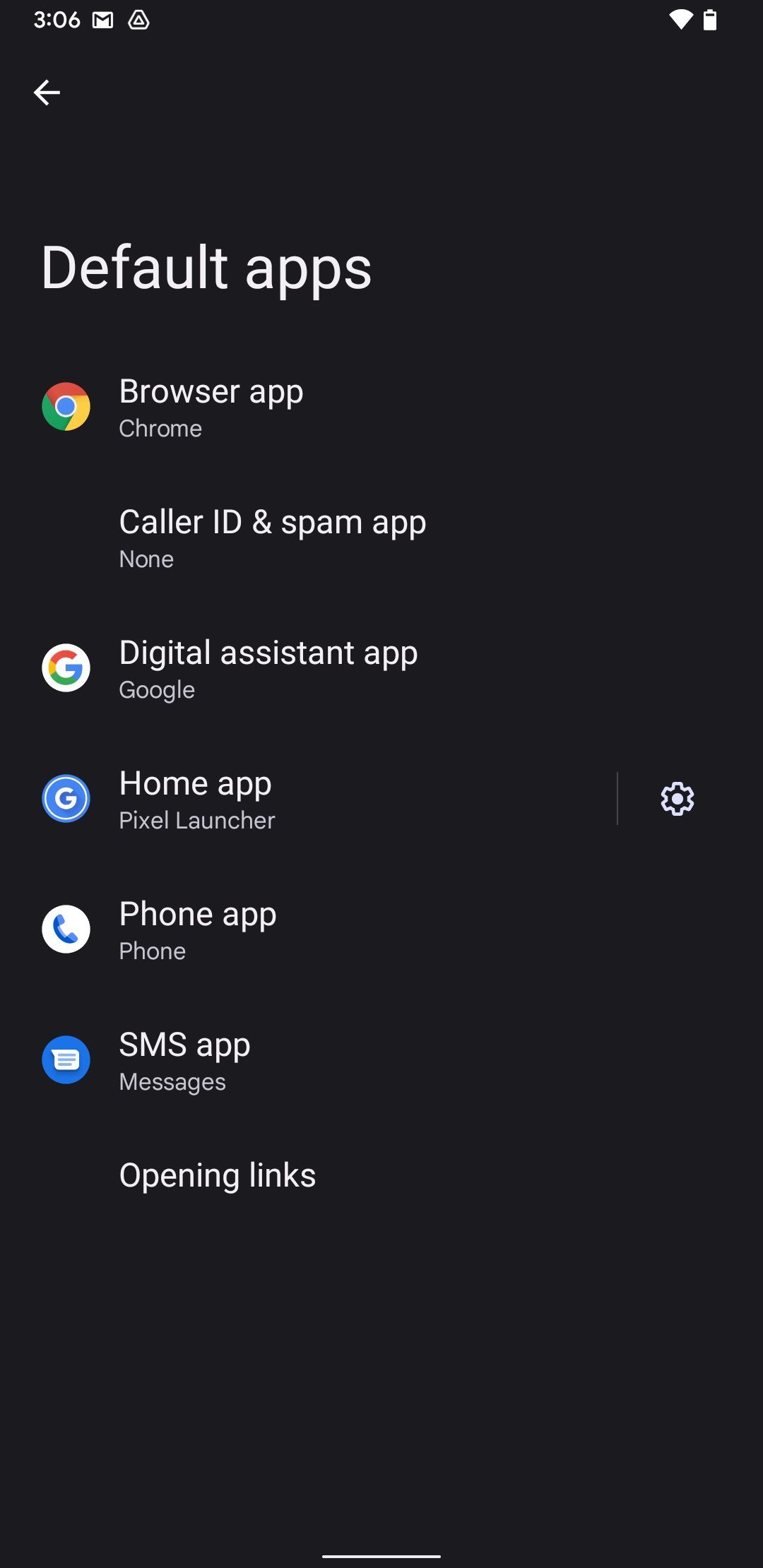
2 Use third-party launchers and icon packs
One of the reasons why users adore the Android operating system is its customizability. The default launcher on an Android phone lets you customize almost everything about it, with most brands allowing you to use custom icon packs to customize the app icons. However, if your phone doesn't support this or you want a different look, use third-party launchers.
.png)
.jpg)
The Play Store is brimming with third-party app launchers, allowing you to personalize your Android phone how you want. If you want simplicity, the Niagara launcher is one of the best ones you can use. If you are into theming, Hyperion launcher is for you. And you can never go wrong with the classic Nova launcher. We compiled a list of the best Android launchers, which you can check out to find the best one.
To take customization to the next level, check out the best custom icon packs for Android. These icon packs range from minimal to skeuomorphic to over the top. They will help you completely overhaul the look of your Android device.
3 Change the app language
Android has always allowed users to change the display language of their phone to their local language. With the Android 13 update, Google takes this to the next level by allowing users to change the display language on an app-by-app basis. That means you can keep the entire phone UI set to English but change specific apps to your local language. It is a game-changer feature for multilingual people.
To change the app language for an app, open the Settings app and head to System > Languages & Input > App Languages. The App Languages option only appears if you've added multiple languages to your device. Also, app developers need to support this feature, so it might take time before your favorite app supports your local language.
4 Customize the quick settings
The quick settings page in Android is the best place to quickly access useful settings like Wi-Fi, Bluetooth, Battery Saver, and more. Over the years, Android has added many quick setting toggles. That means you might have to swipe through multiple pages to get to the setting you want. Android allows you to edit the Quick Settings page so that you can organize the toggles as per your needs. To customize it, swipe down twice to reveal the quick settings page and tap the Edit button. Next, hold and drag on the tiles to rearrange them.
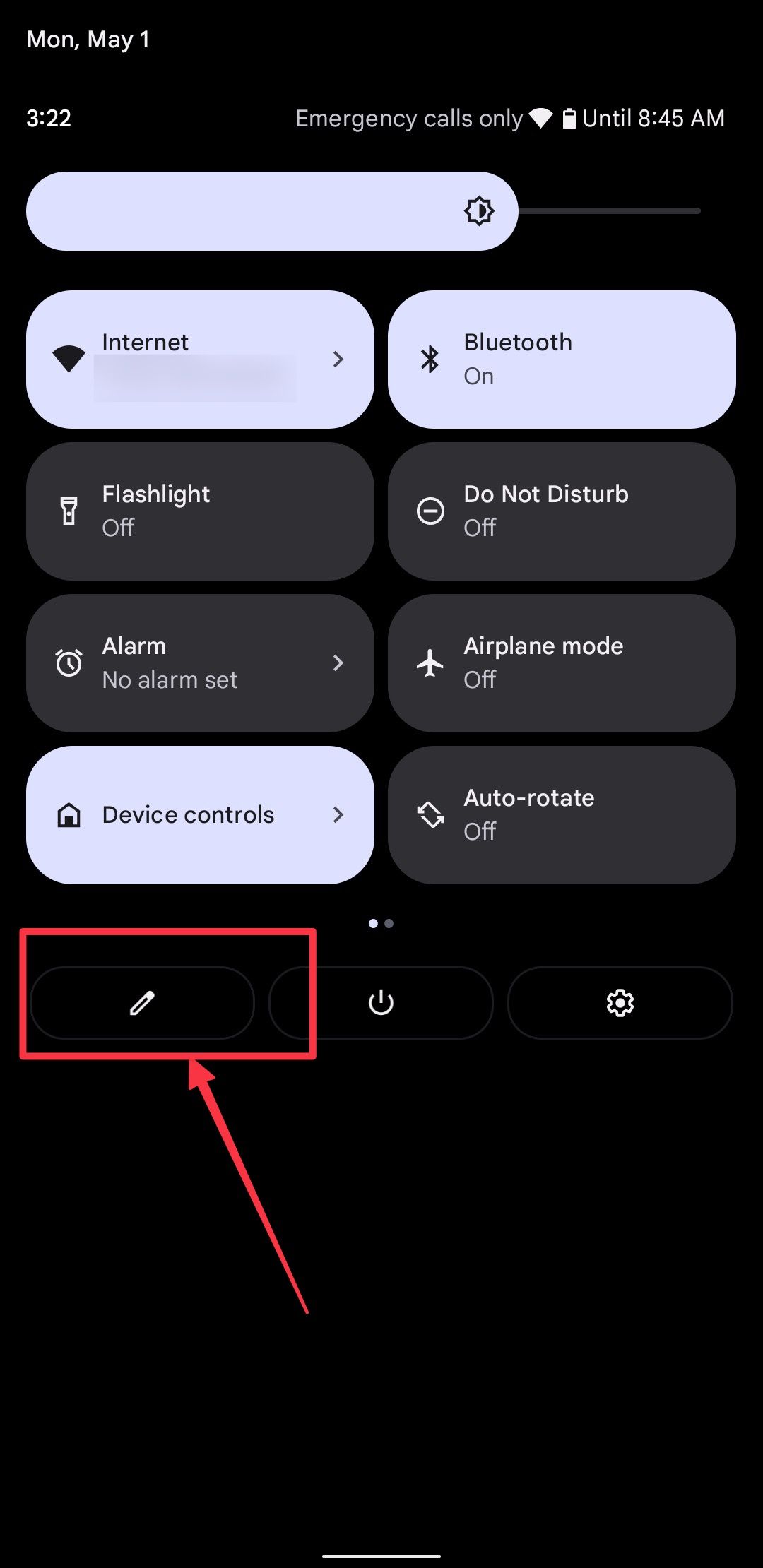
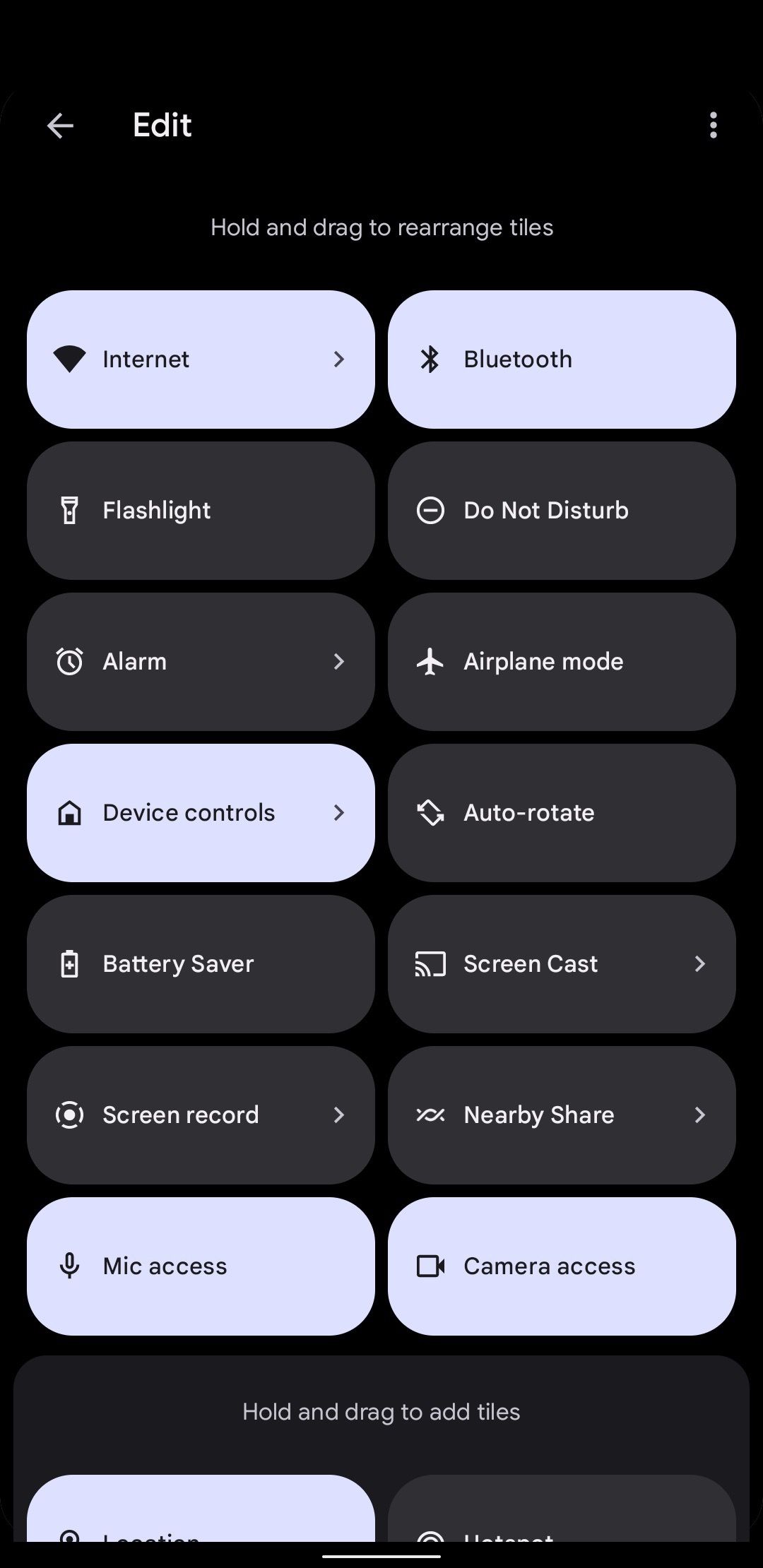
5 Use widgets for glanceable information
Android widgets make it easy to display glanceable information. Most of the best Android apps support widgets, allowing you to display information such as calendar events, tasks, notes, weather, clock, and more. Use widgets if you don't want to keep opening apps to see things like your next appointment.
To add a widget on your Android homescreen, long-press on the homescreen and choose the Widgets option. You will see the list of apps on your phone that support widgets. Tap an app to reveal all the widgets options, and touch and hold a widget to add it to the homescreen. You can also drag and resize the widgets.
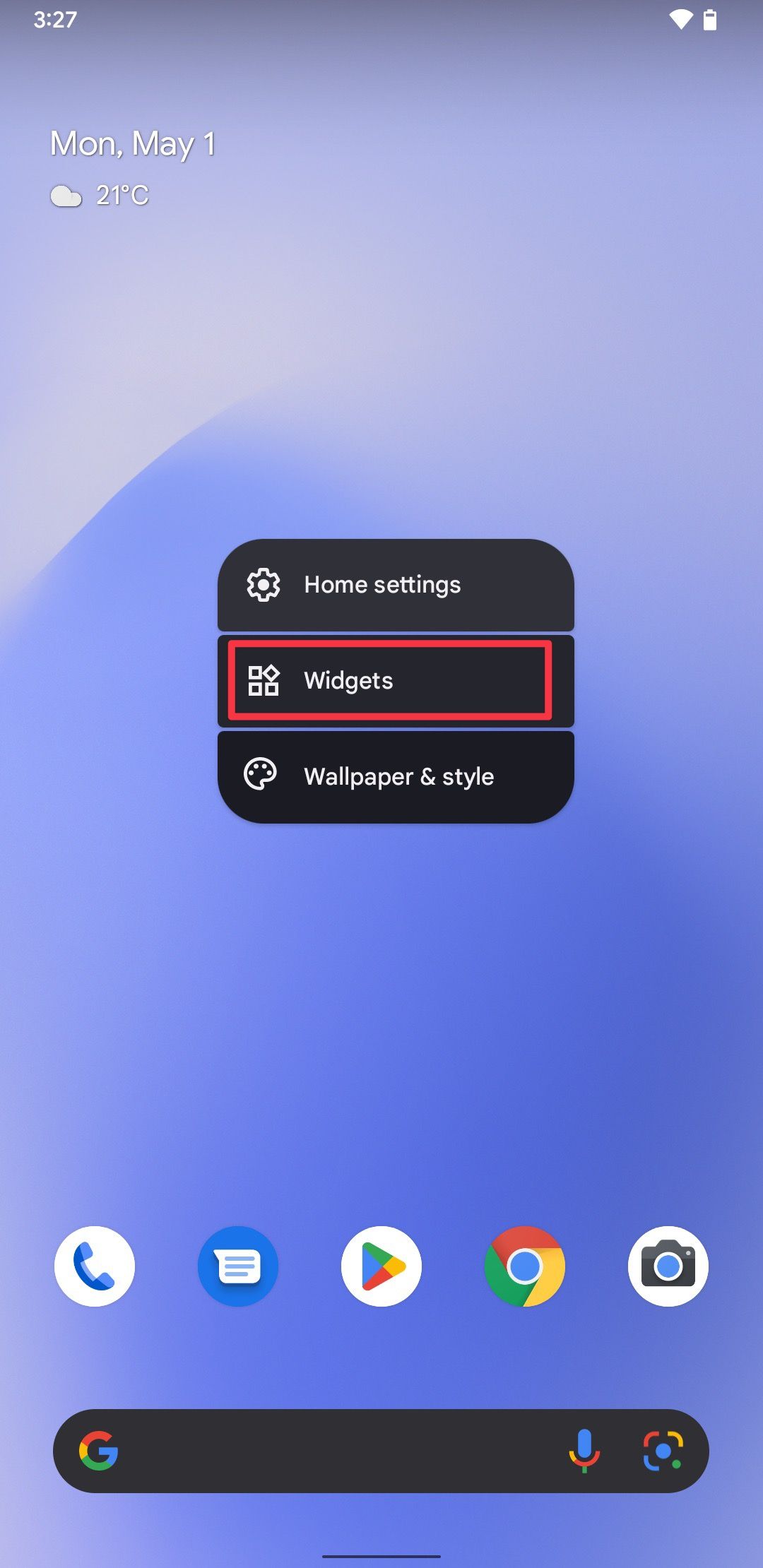
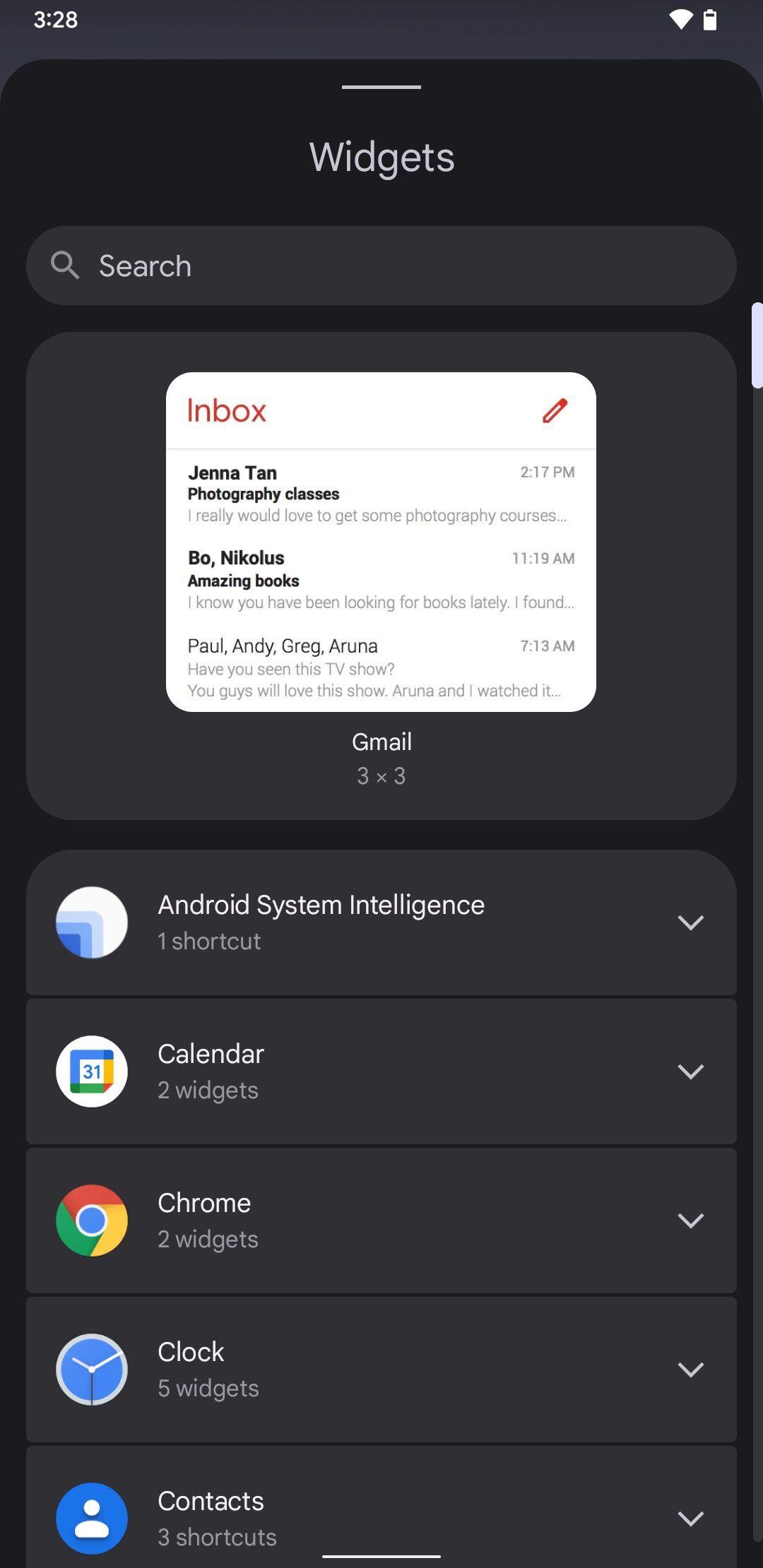
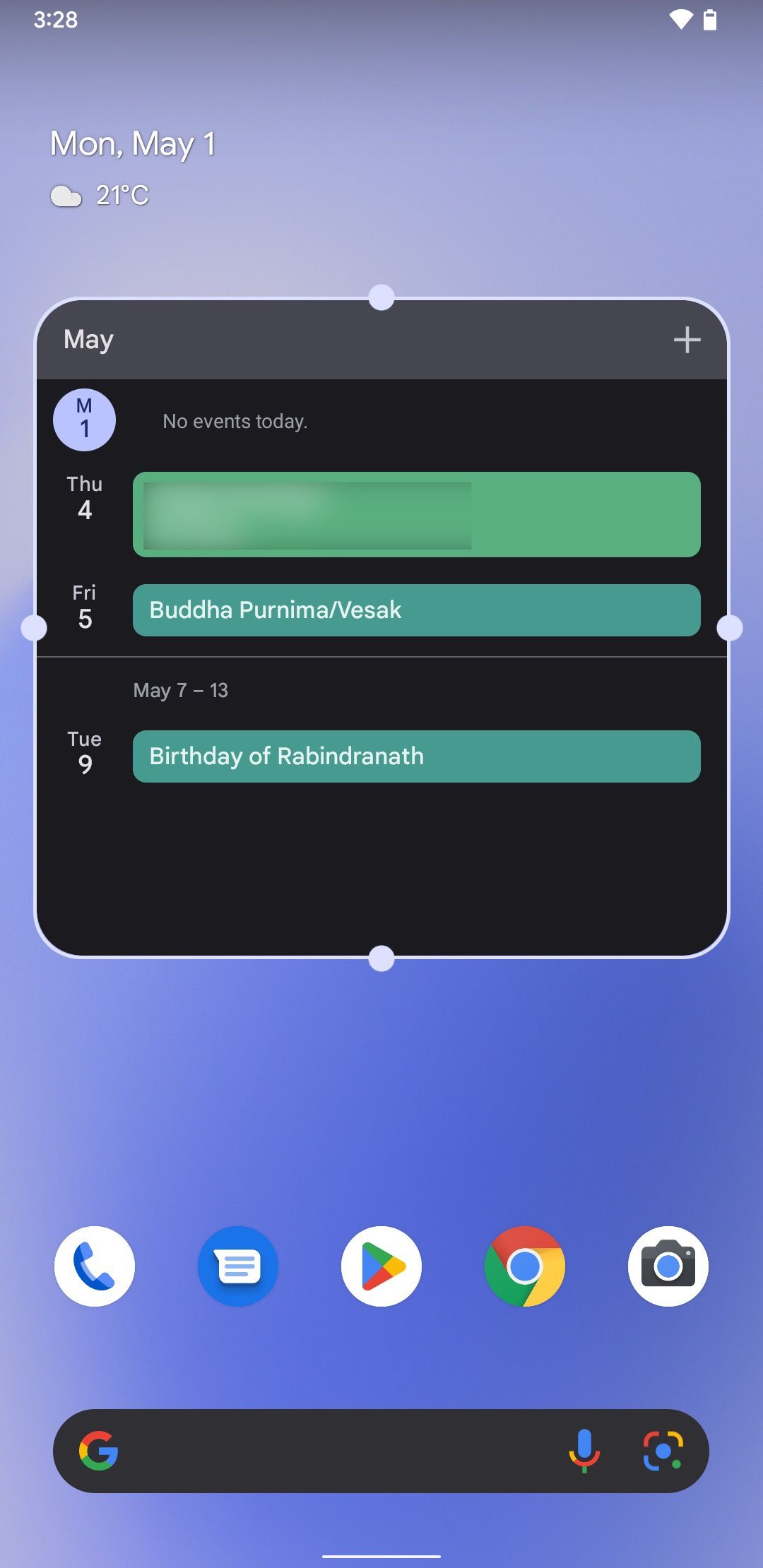
If you don't know which widgets to use, check out our list of the best and most useful Android widgets to get started.
6 Set up Quick Tap to perform quick actions
If you use a Google Pixel phone and are not using the Quick Tap feature, you're missing out on a cool trick. The Quick Tap feature allows you to take screenshots, play and pause media, show notifications, open Google Assistant, and more. To enable this feature on a Pixel 4a or later device, launch the Settings app and go to System > Gestures > Quick Tap to start actions.
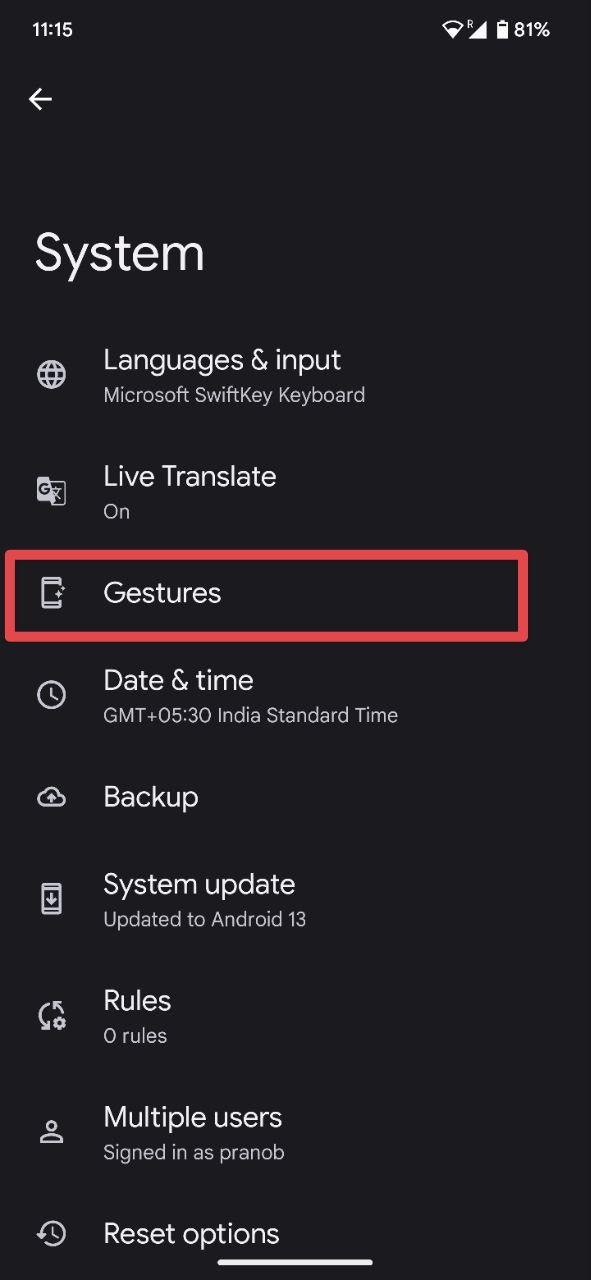
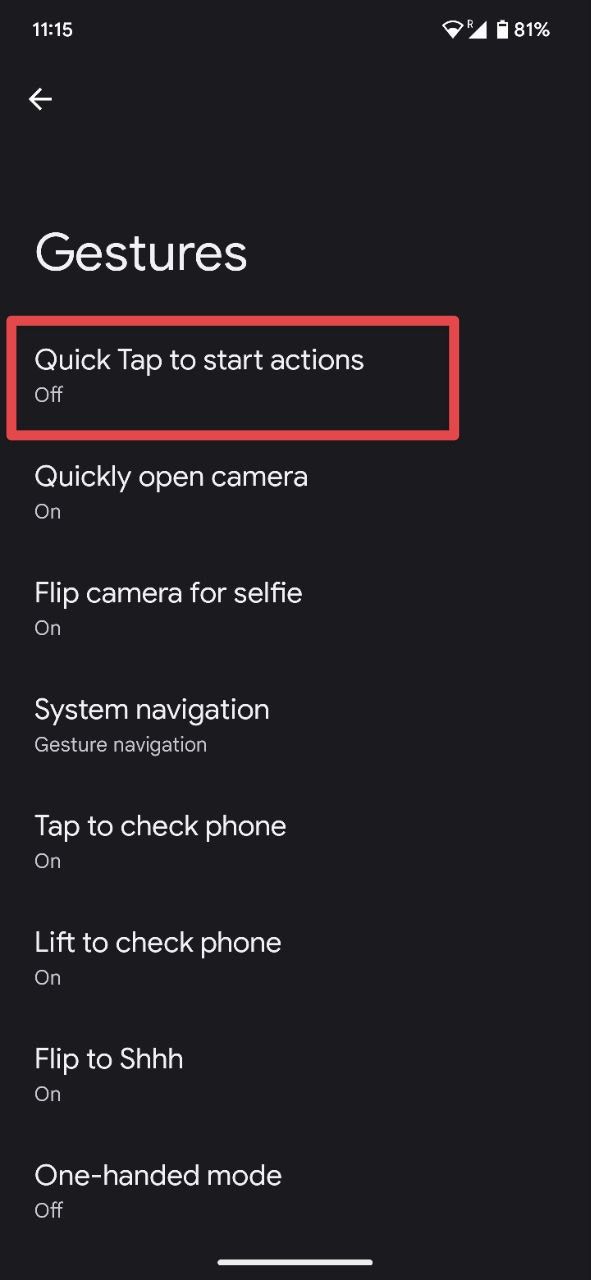
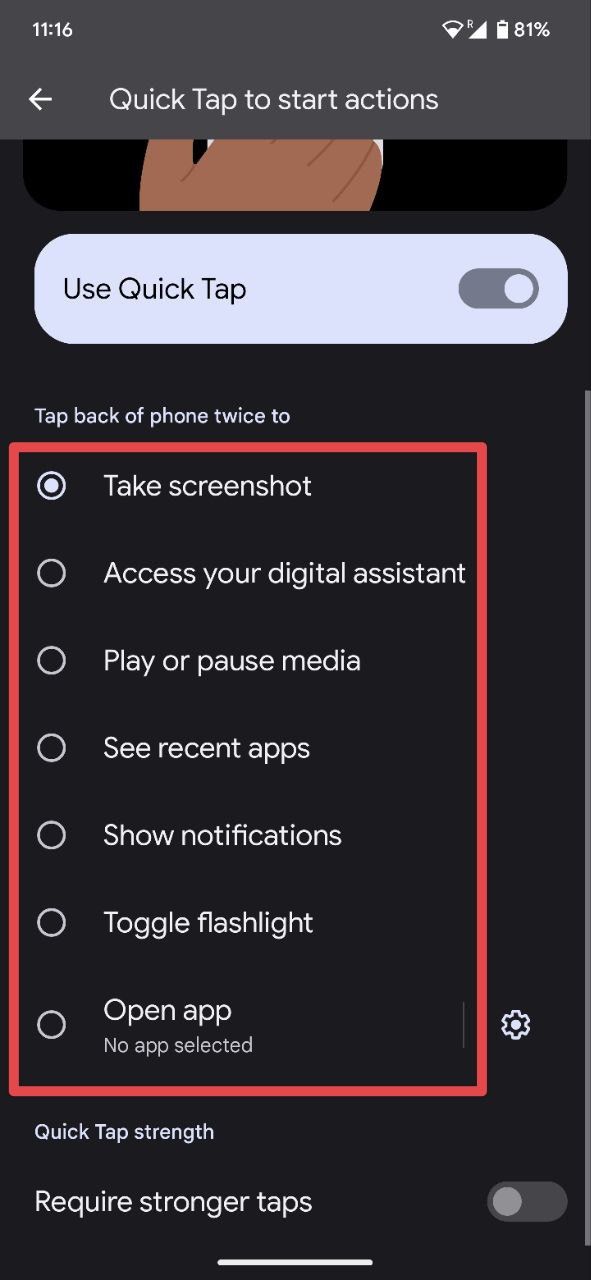
On this page, you'll see the various actions you can execute by double-tapping the back of the phone. If you updated your phone to Android 13, you can use this feature to turn on the flashlight.
To get more quick tap actions or use this feature on non-Pixel devices, use a third-party utility called TapTap. You can download the app from GitHub and follow the steps to install and use the app on your device.
7 Get the hang of the Google Assistant
If you want to take your Android experience to the next level, invest some time in learning the ins and outs of Google Assistant. Google Assistant is powerful, allowing you to find information, play music, make calls, send messages, control your device and smart home appliances, set routines, and more.
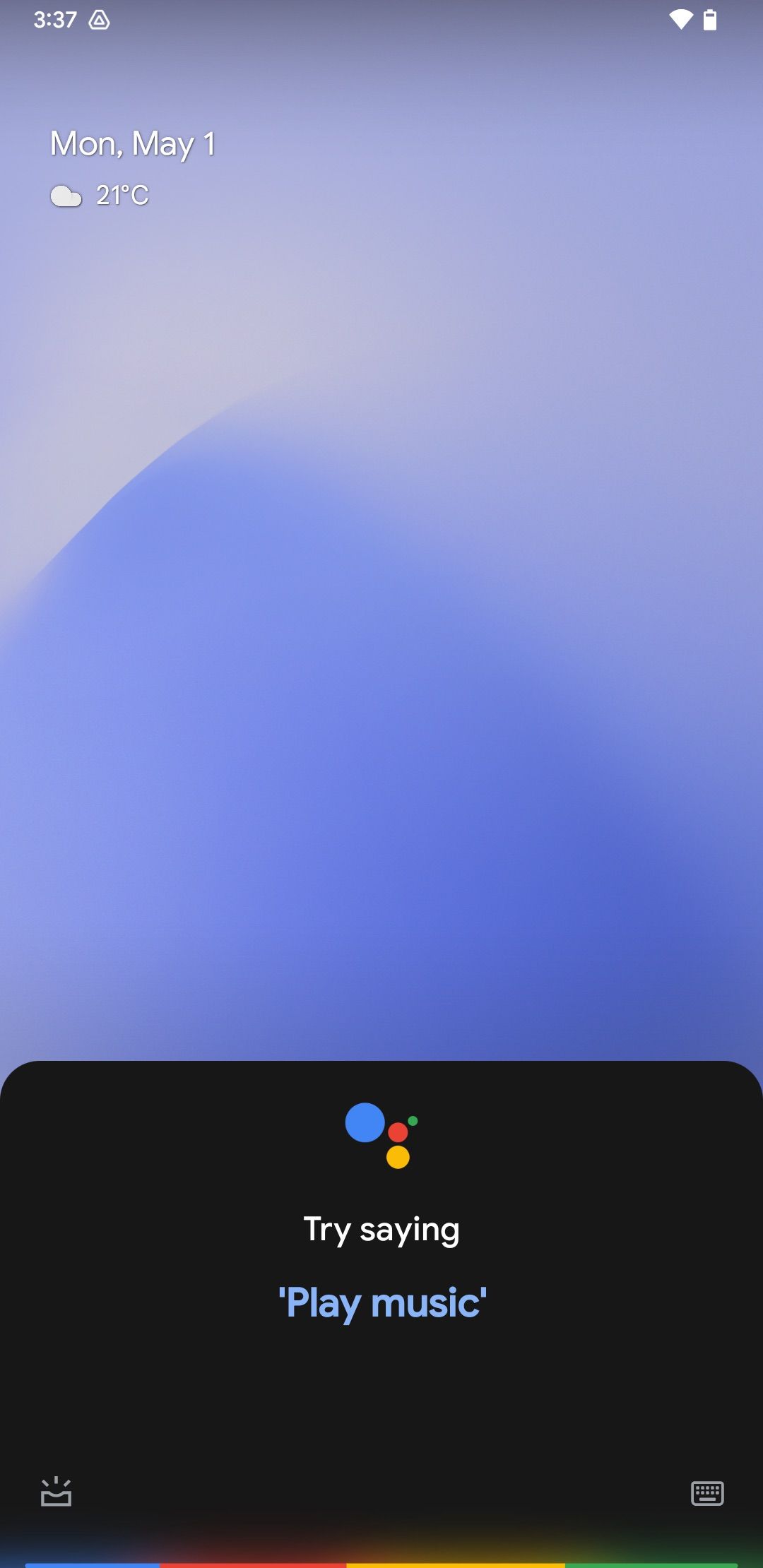
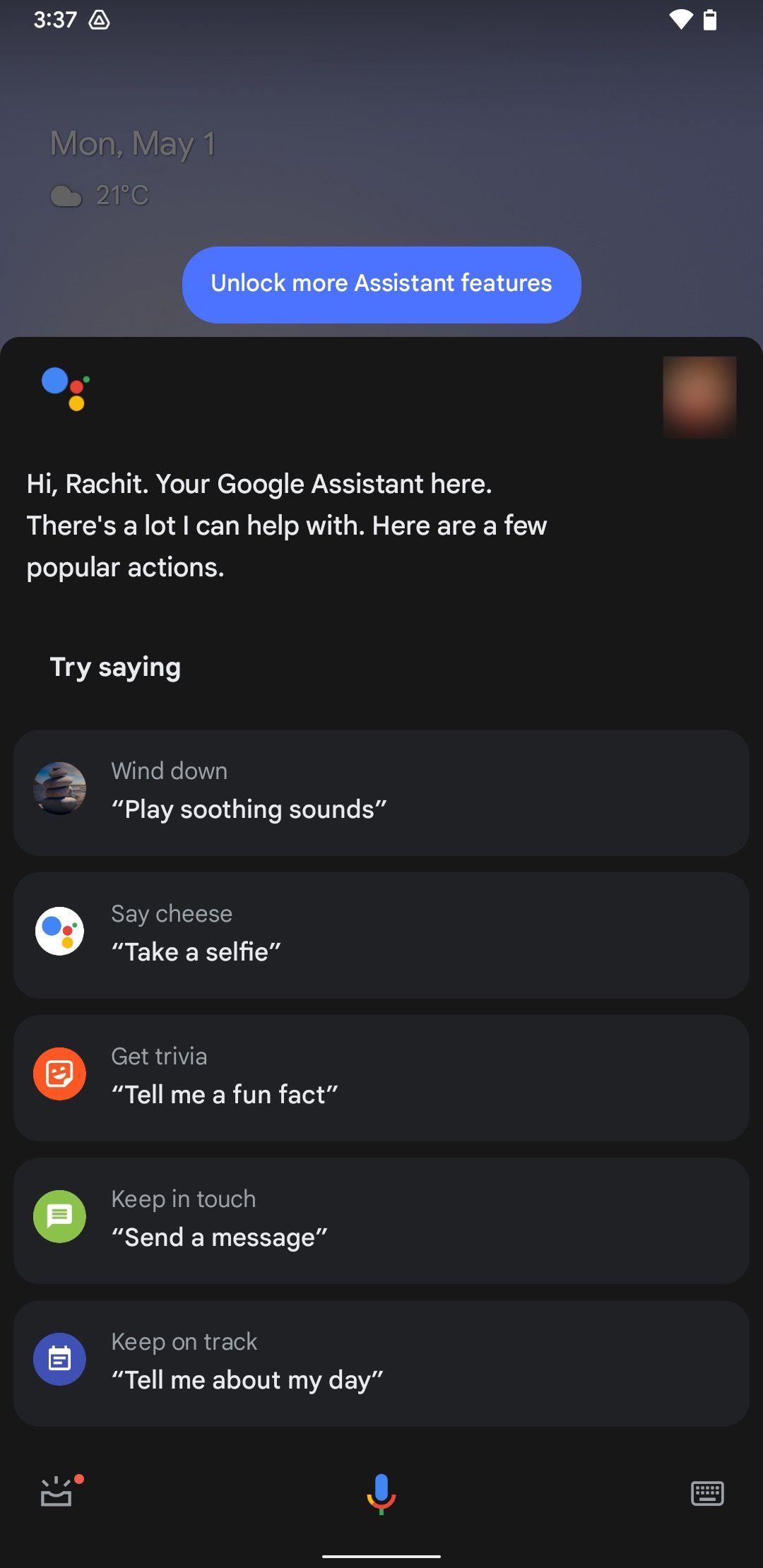
To get started, use the voice command "Hey Google" and ask it to do things you want. You will see that, more often than not, Google Assistant completes the tasks. If you want to learn more, read our guide on the best tips to get the most out of Google Assistant.
8 Turn on notification history
We all have cleared notifications by mistake, and it can be annoying. Android has a built-in notification history feature that keeps a history of all the notifications you receive. The feature was introduced with the Android 11 update, so if you use any of the latest Android smartphones, use this feature to keep track of all your notifications. To enable notification history on your smartphone, open the Settings app. Next, go to Notifications > Notification history and turn on the Use notification history toggle.
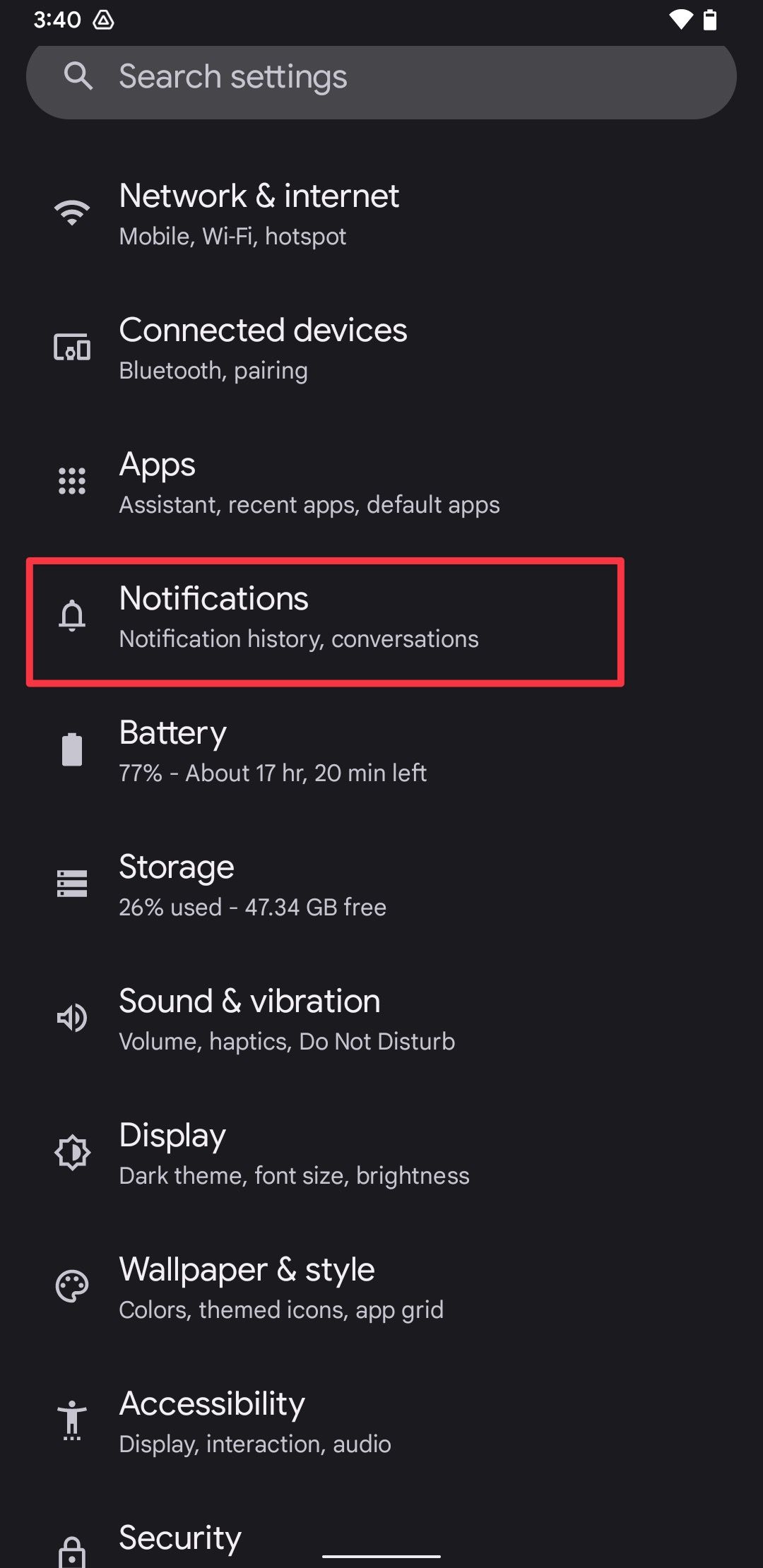
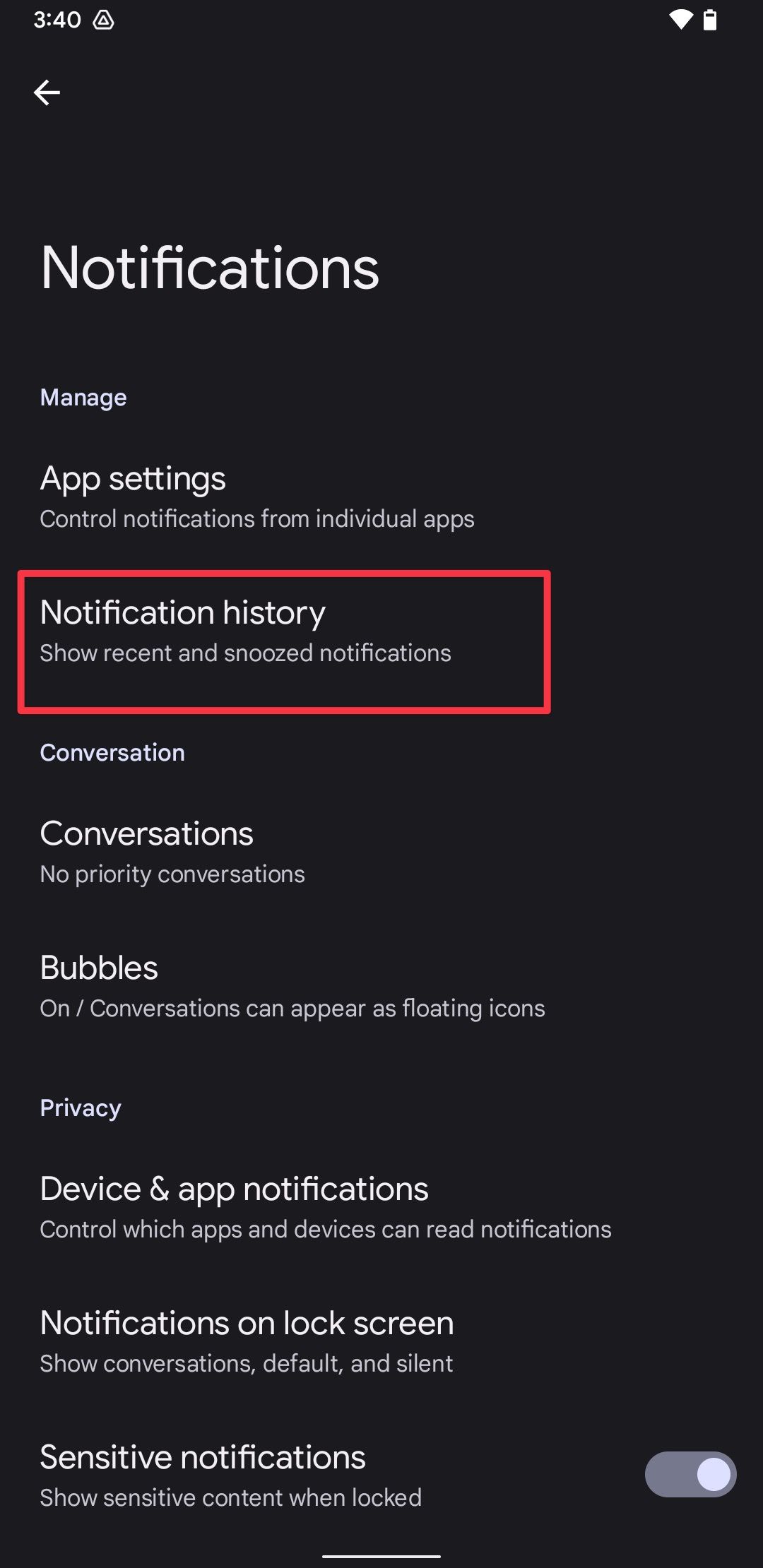
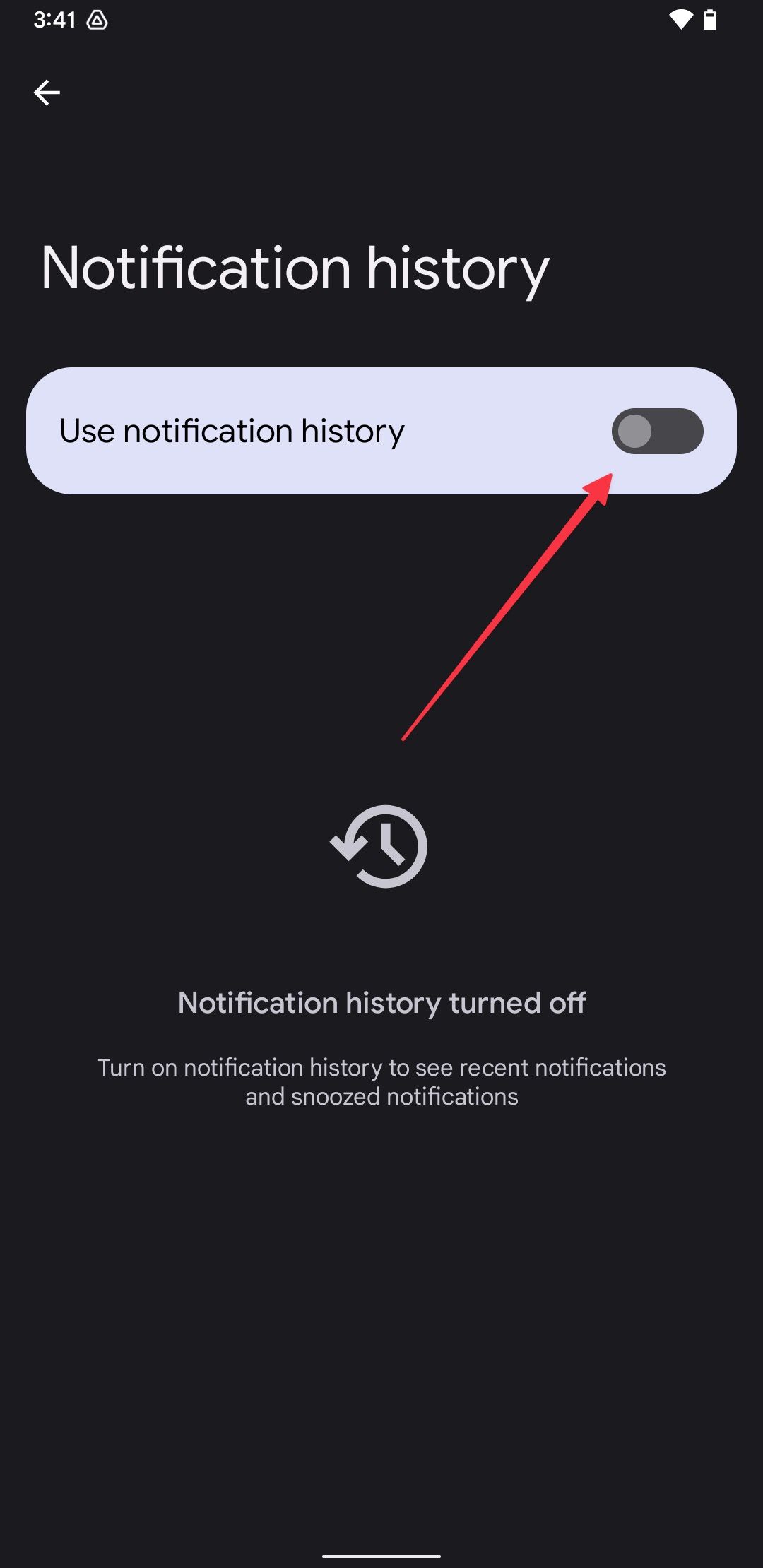
Now, when you accidentally clear a notification, tap the History button to check your notification history.

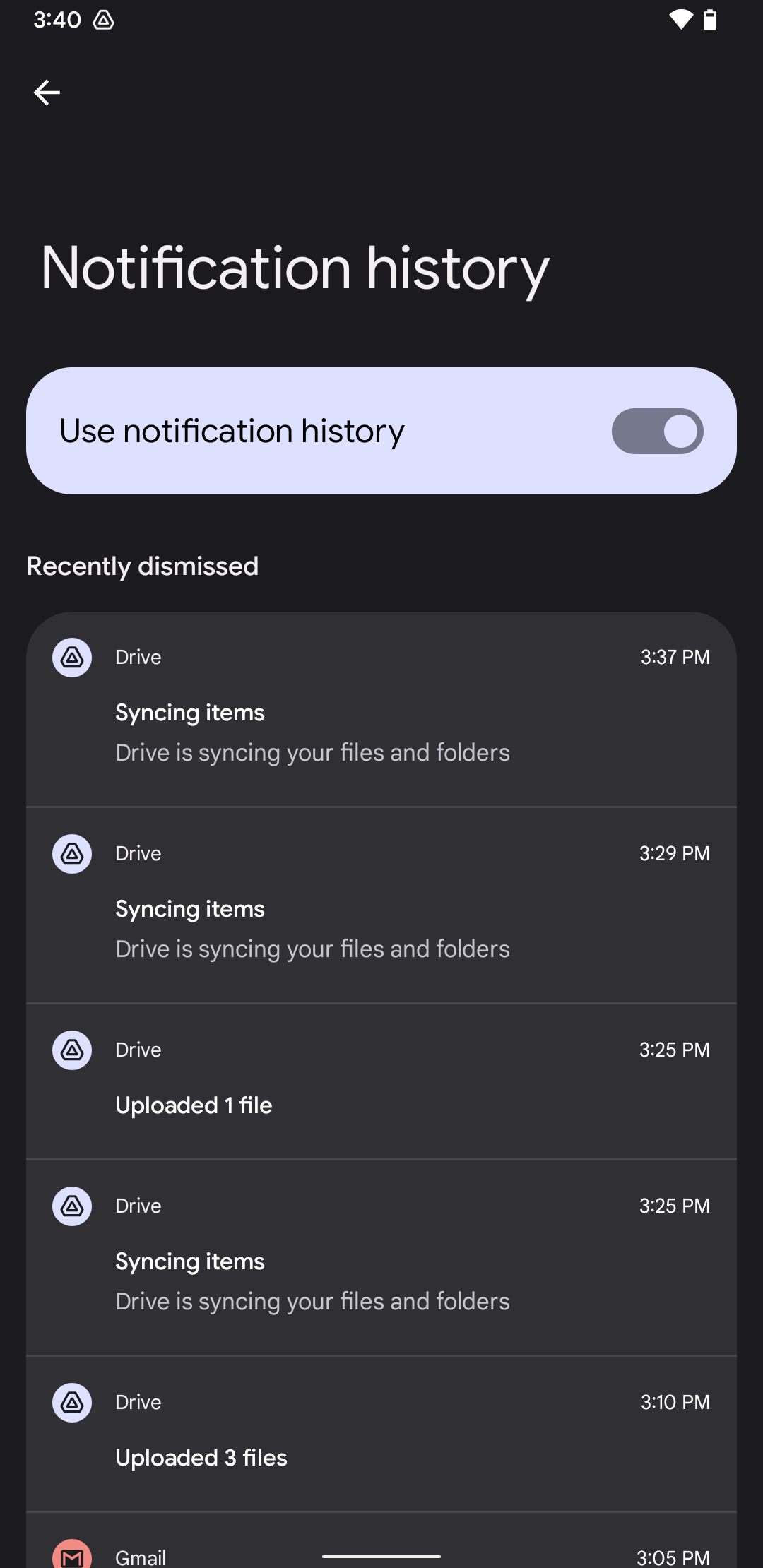
9 Silence annoying app notifications
While Android is ahead of the iPhone when it comes to managing and displaying notifications, the notification panel still gets clogged with too many entries from time to time. The main culprits are apps (such as gaming apps) that bombard you with meaningless notifications. Android allows you to silence these notifications on a per-app basis.
You can silence app notifications from the notification panel or the Settings app. To silence app notifications using the notification panel, long-press on a notification to reveal the notification management options. Then, choose to silence or turn off notifications.
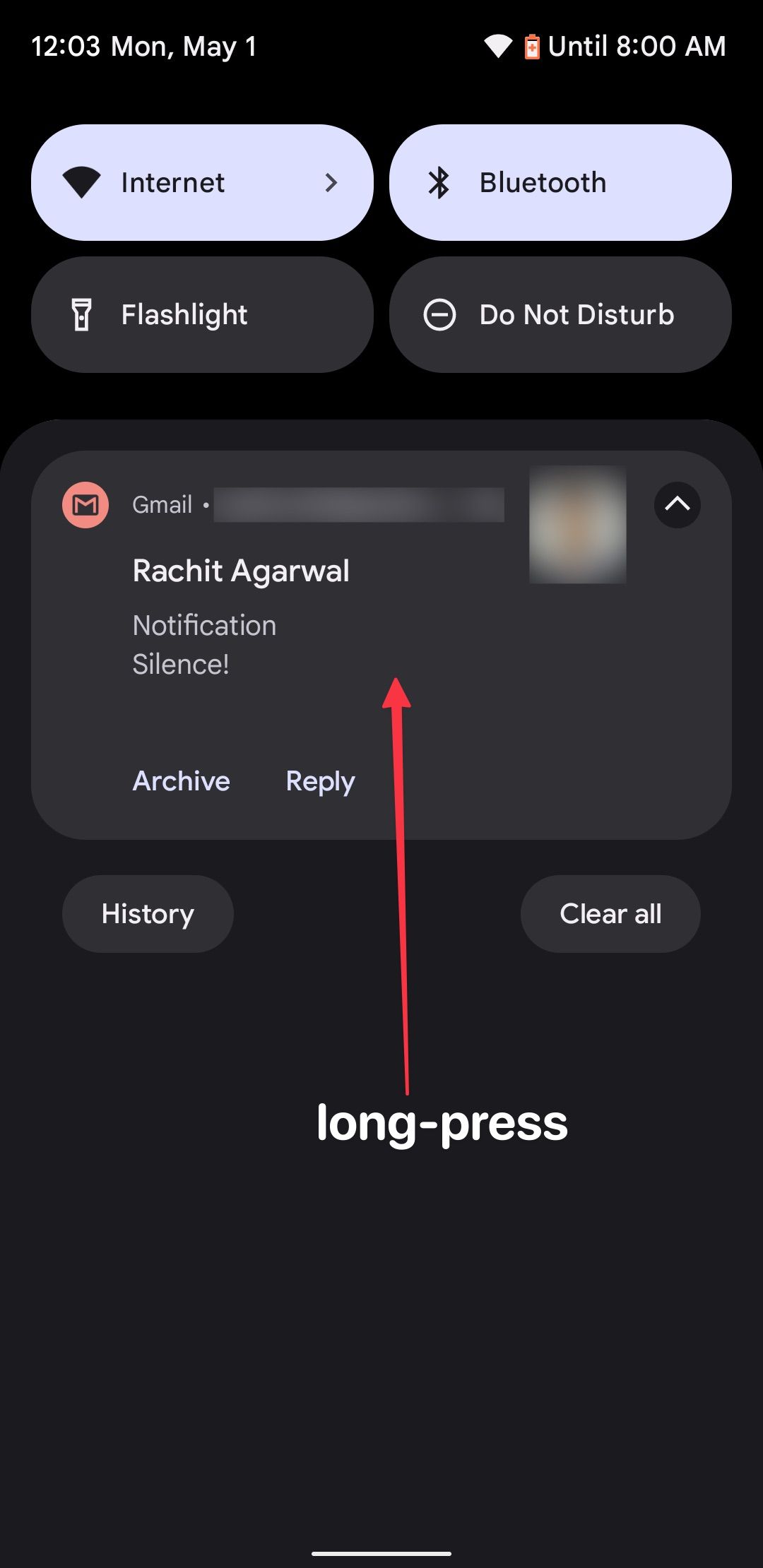
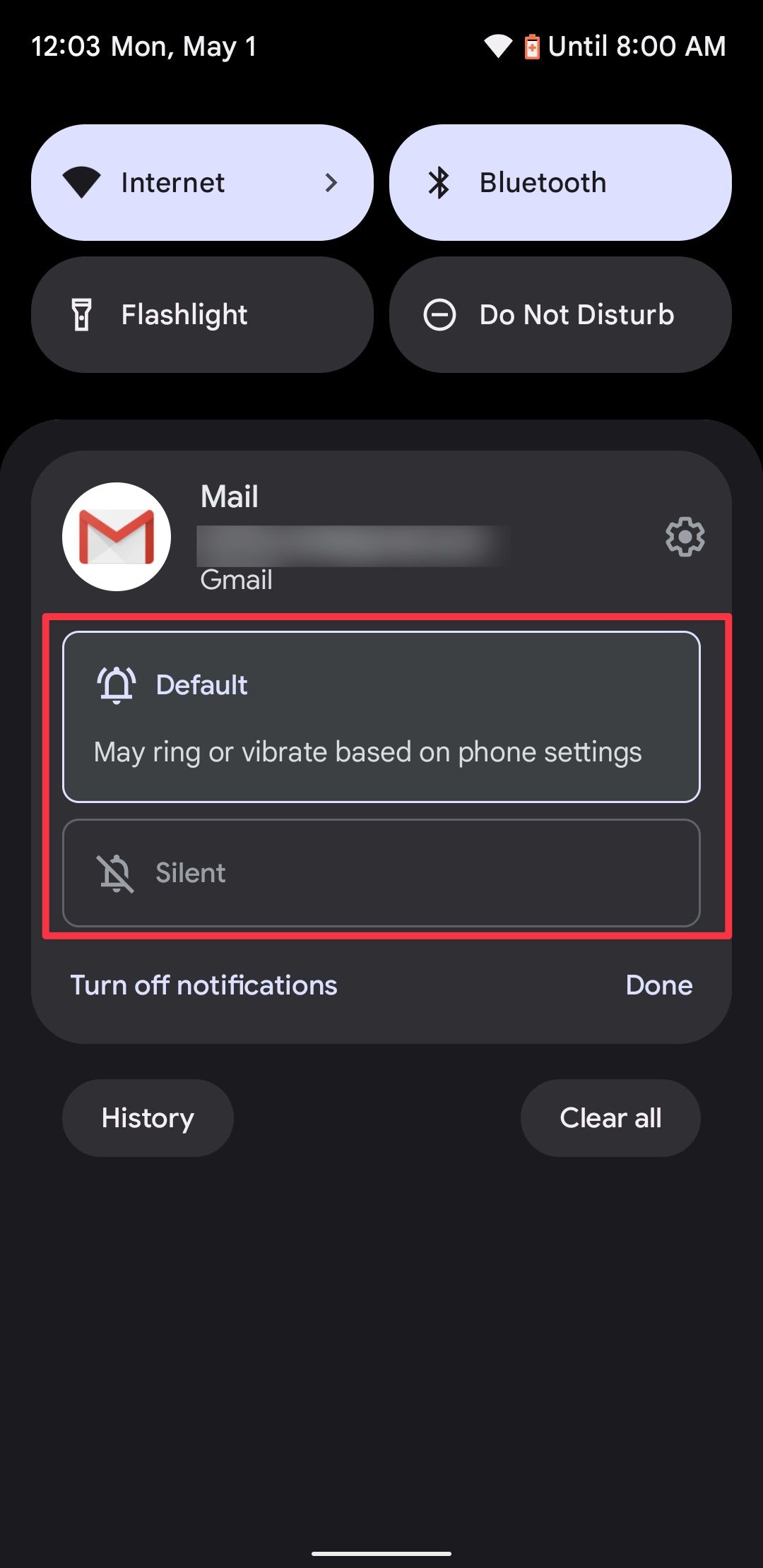
You can also go to Settings > Notifications > App Settings to manage notifications for all the apps. Android also lets you manage what kind of notifications an app can send using its notification channels feature. Notification channels allow you to disable marketing and promotions notifications while ensuring you get important notifications like order updates.
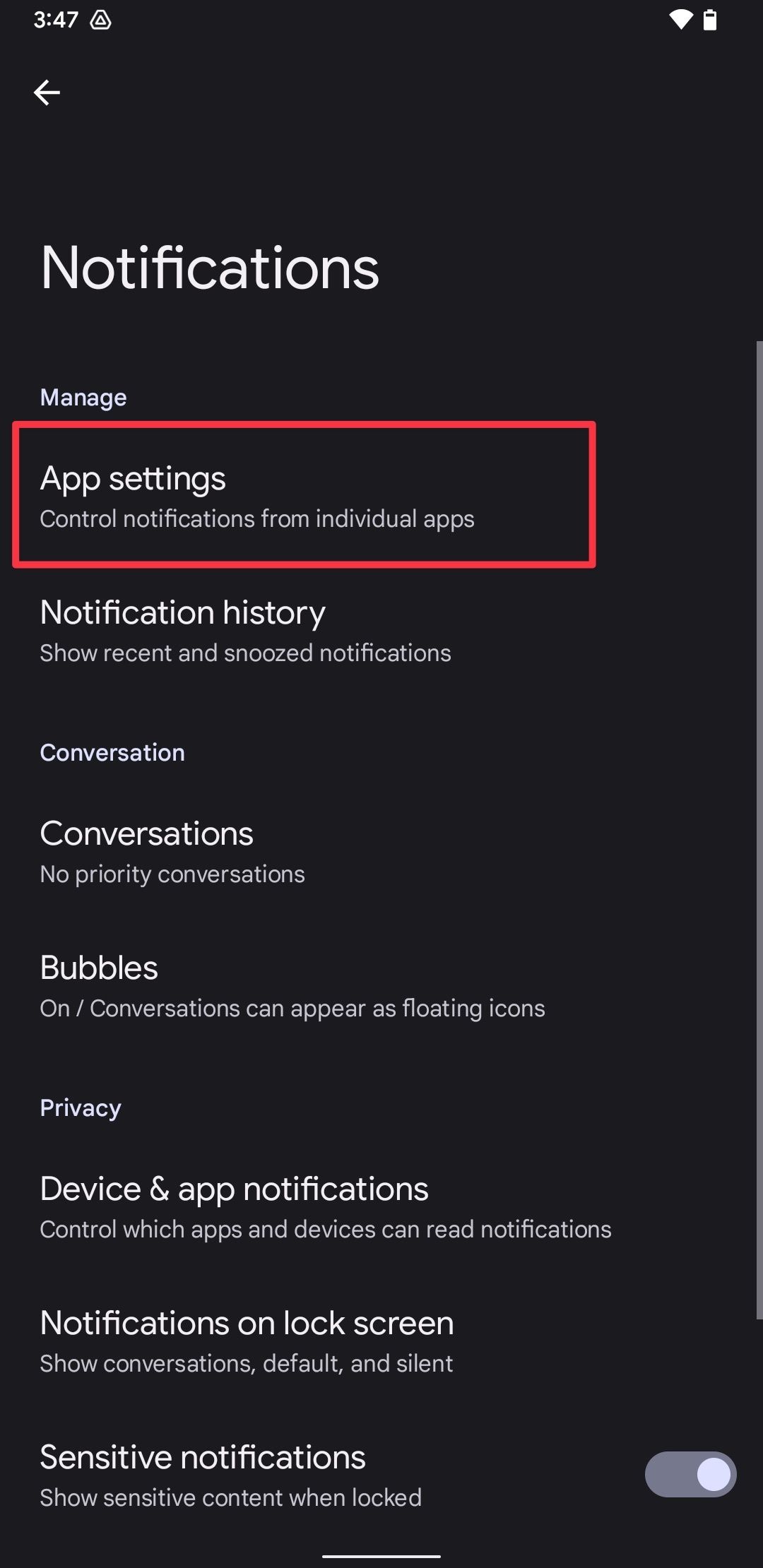
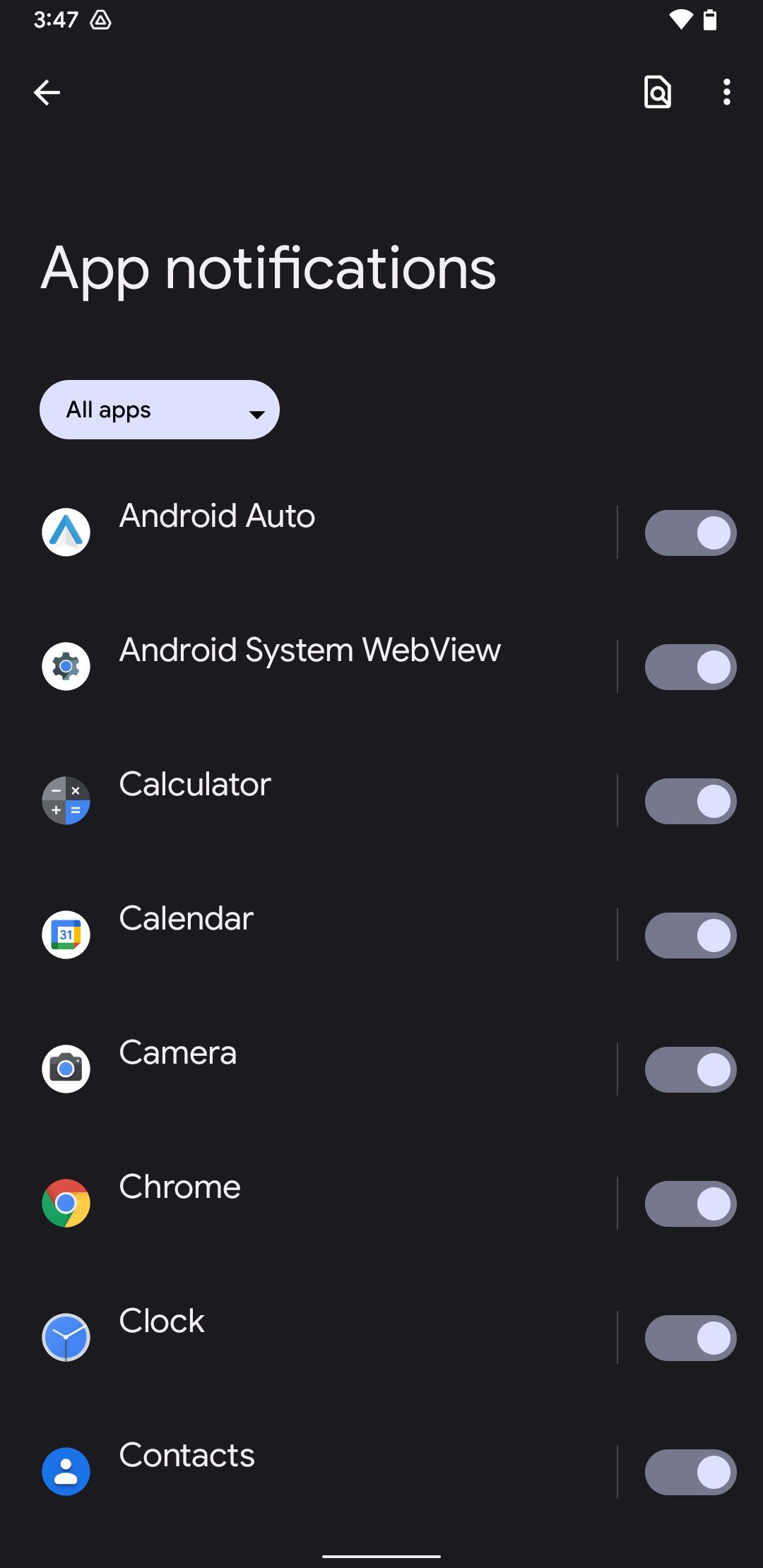
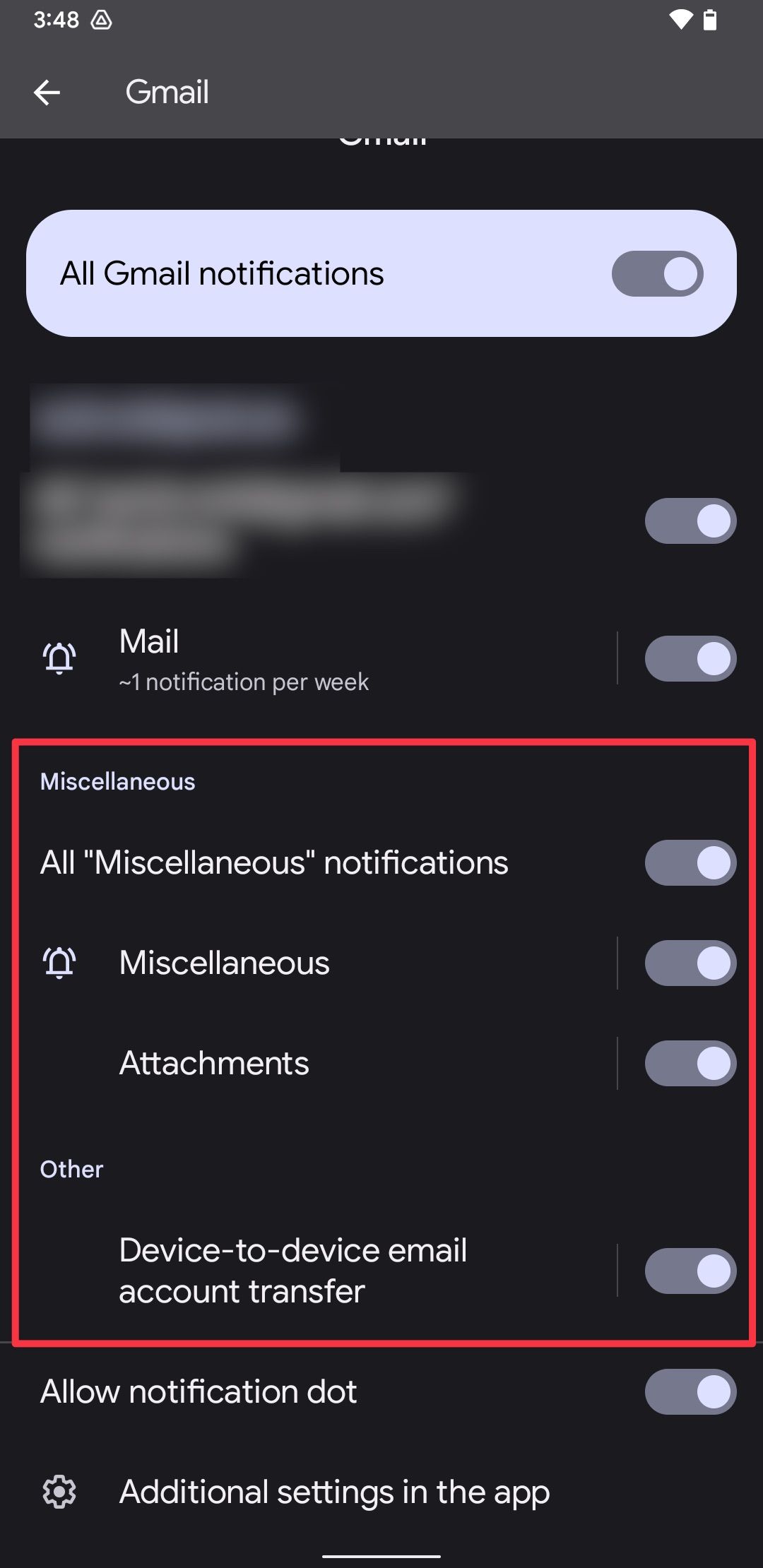
10 Turn on Find My Device
Like iOS has a Find My feature that lets you find your lost iPhone, your Android comes with a Find My Device feature that does the same. Apart from helping you find your device, you can use this feature to ring your device even if it's in silent mode. It's a handy feature you can use to find your misplaced smartphone in your home.
You can also use the Find My Device feature to lock your device, sign out of everything, and erase all content from your device. Even if your smartphone is stolen, it ensures that your data doesn't fall into the wrong hands. To turn on this feature, open the Settings app. Then, go to Security > Find My Device and turn on the Use Find My Device toggle.
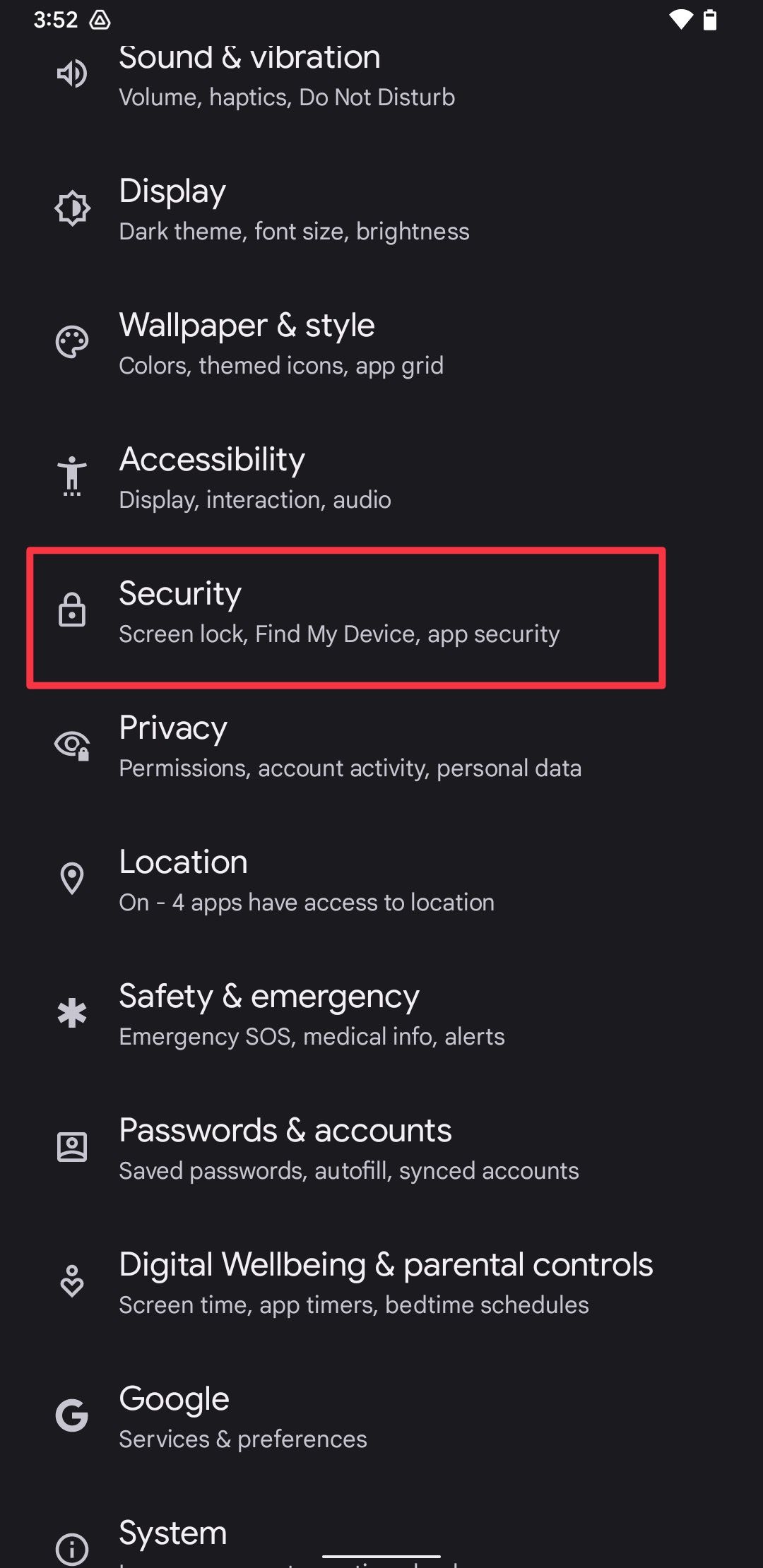
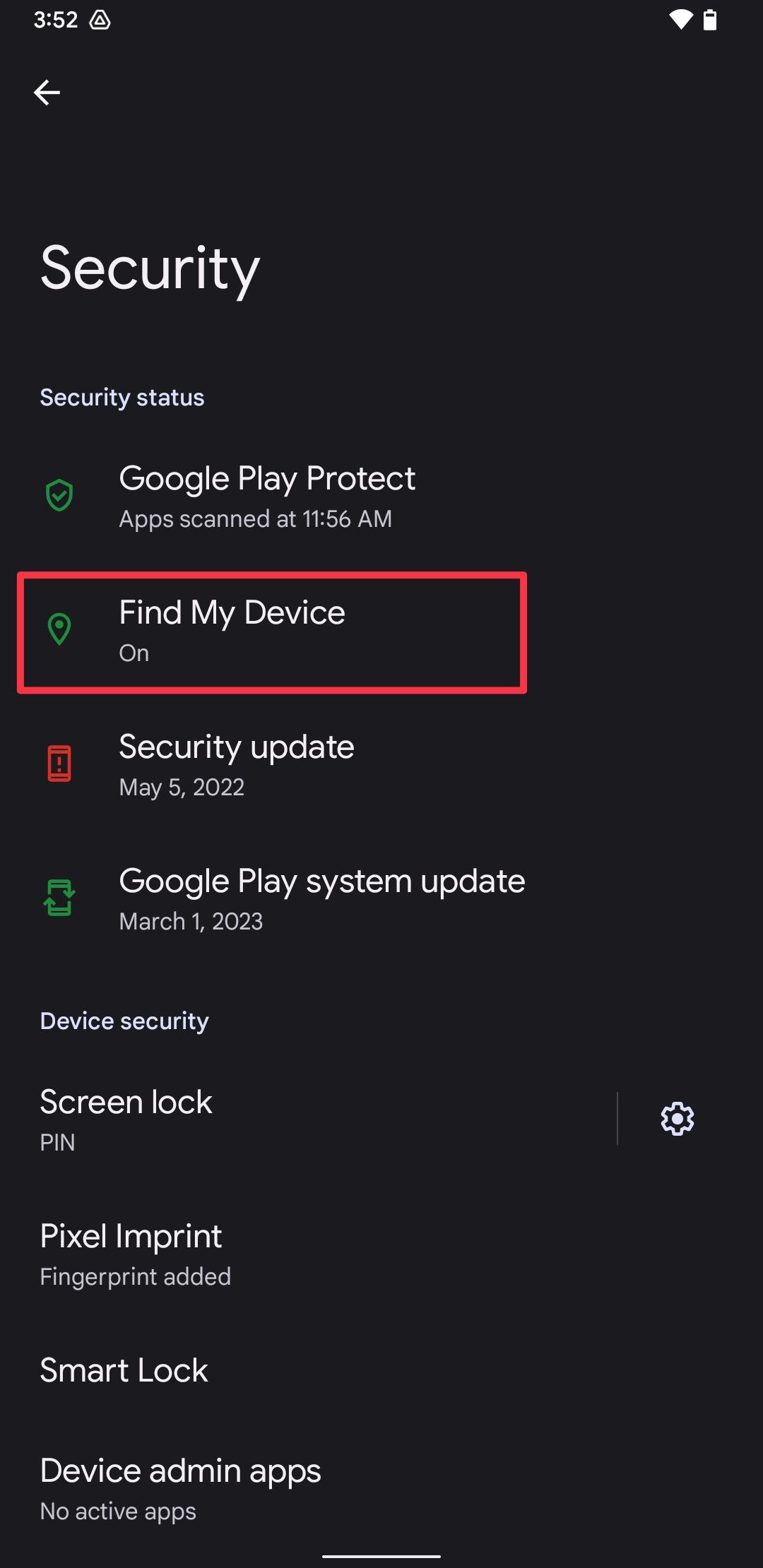
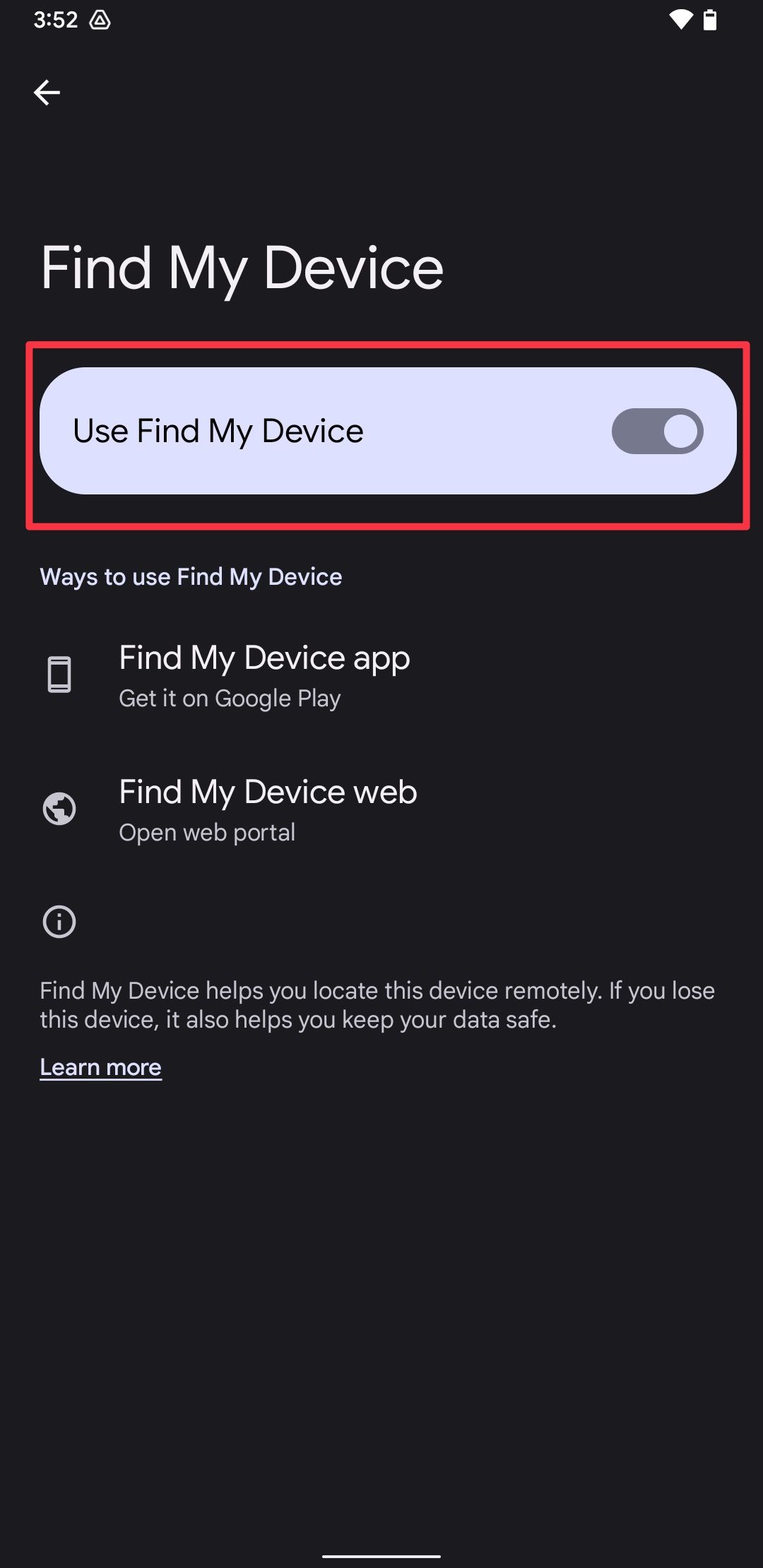
When your device is lost, open the Find My Device website in a web browser and log in with your Google account. On this page, you can ring your phone, erase its content, and secure your device.
11 Use the Phone Link app to access your Android from a Windows PC
One of the reasons behind the success of the iPhone is the Apple ecosystem that supports it. If you own both a Mac and iPhone, you can reply to messages from your Mac, sync everything across devices, and more. There was no such alternative on Android smartphones for a long time. That is changing thanks to the deep integration of Android with Windows PC via the Phone Link app.
The Phone Link app on Windows PC allows you to see your photos, receive notifications, take calls, and reply to messages. You can also use your Android apps on your Windows PC and get features like app mirroring, file sharing, cross-device copy-paste, and more.
12 Install apps from outside the Google Play Store
While the Google Play Store is the best place to install apps on your Android, it's not the only place. Thousands of nifty apps are not on the Google Play Store owing to Play Store's stringent guidelines or developer preference. However, Android allows you to install apps from third-party sources. You can download APK files for apps from the web and install them on your Android without issues. To ensure that the app you download is safe, we recommend using trusted Google Play Store alternatives such as Amazon Appstore and APK Mirror to find the apps you want to install.
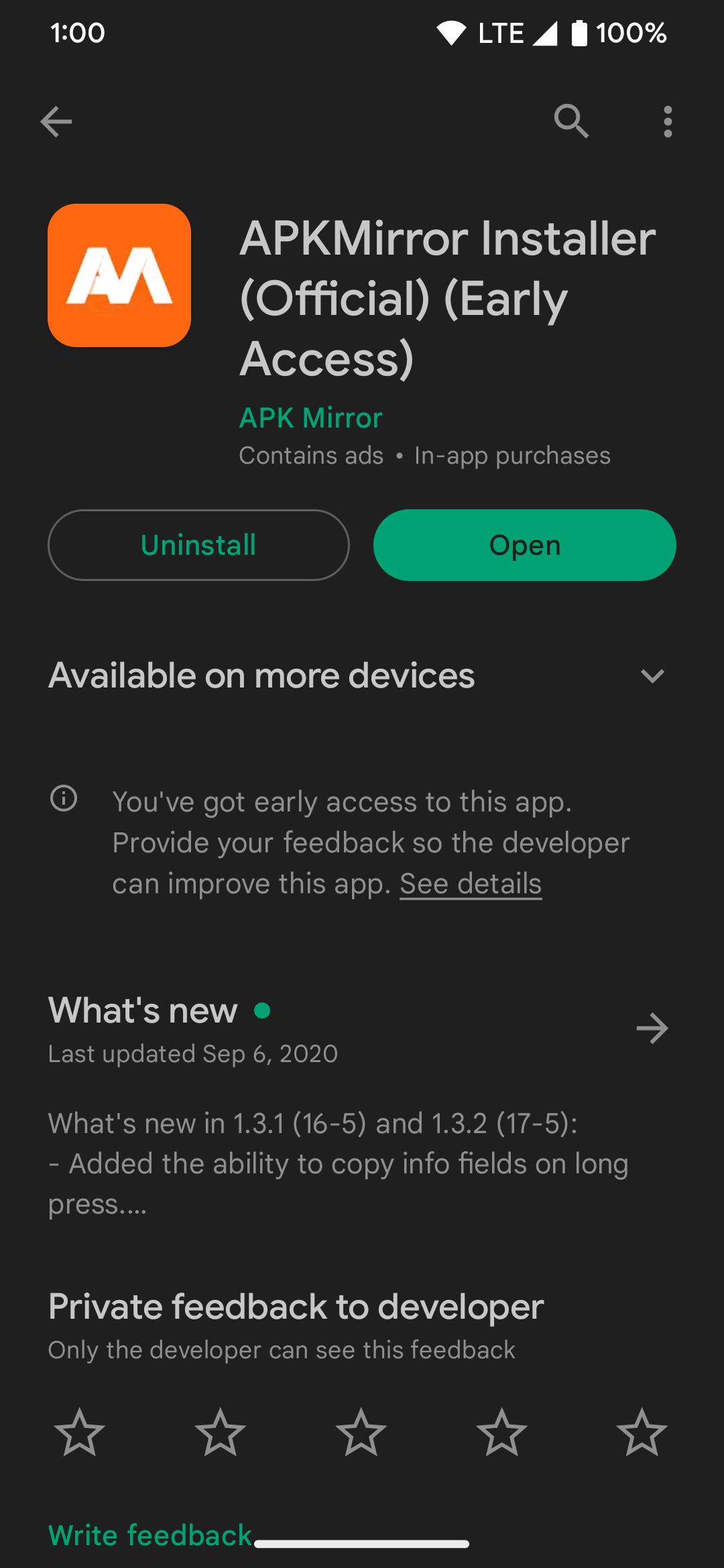
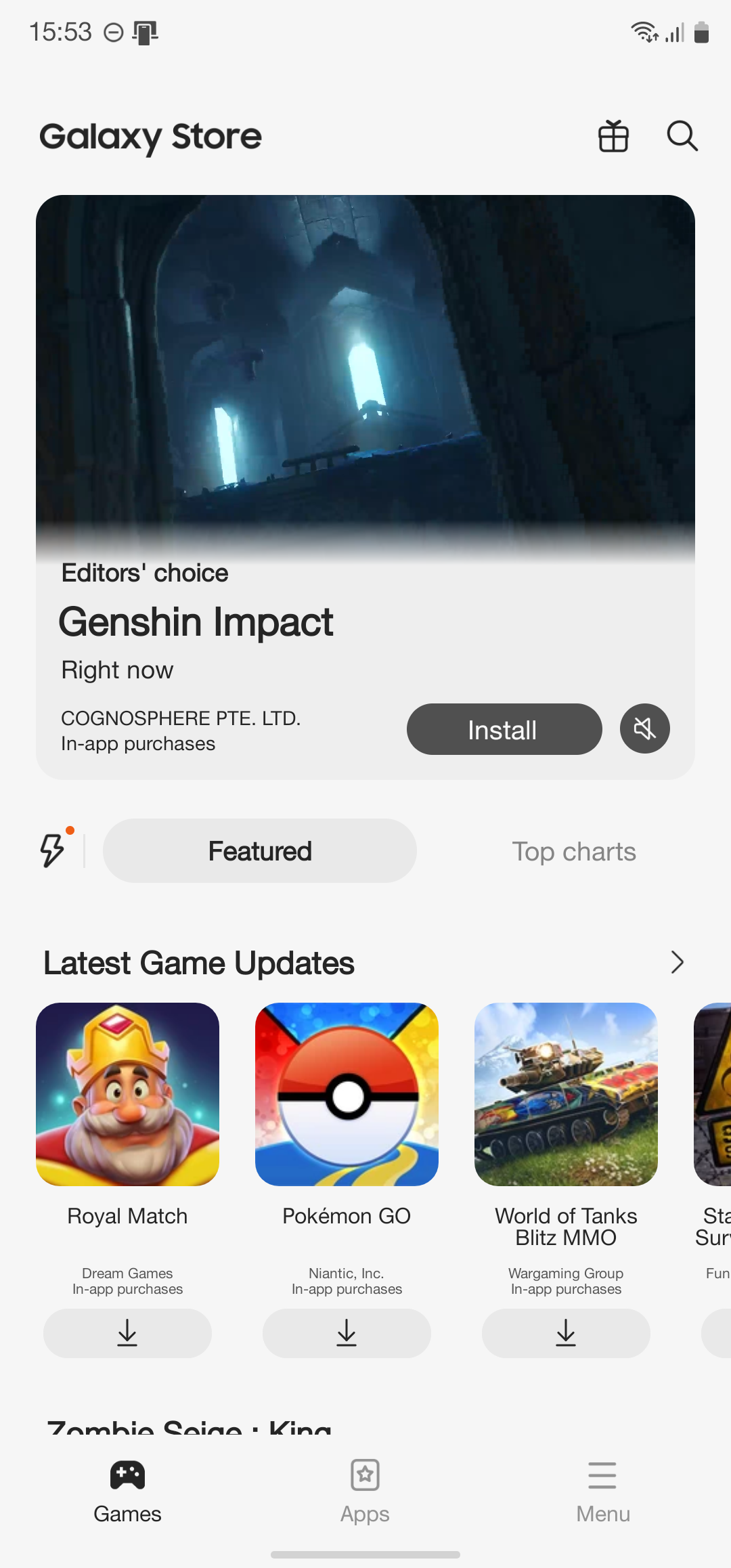
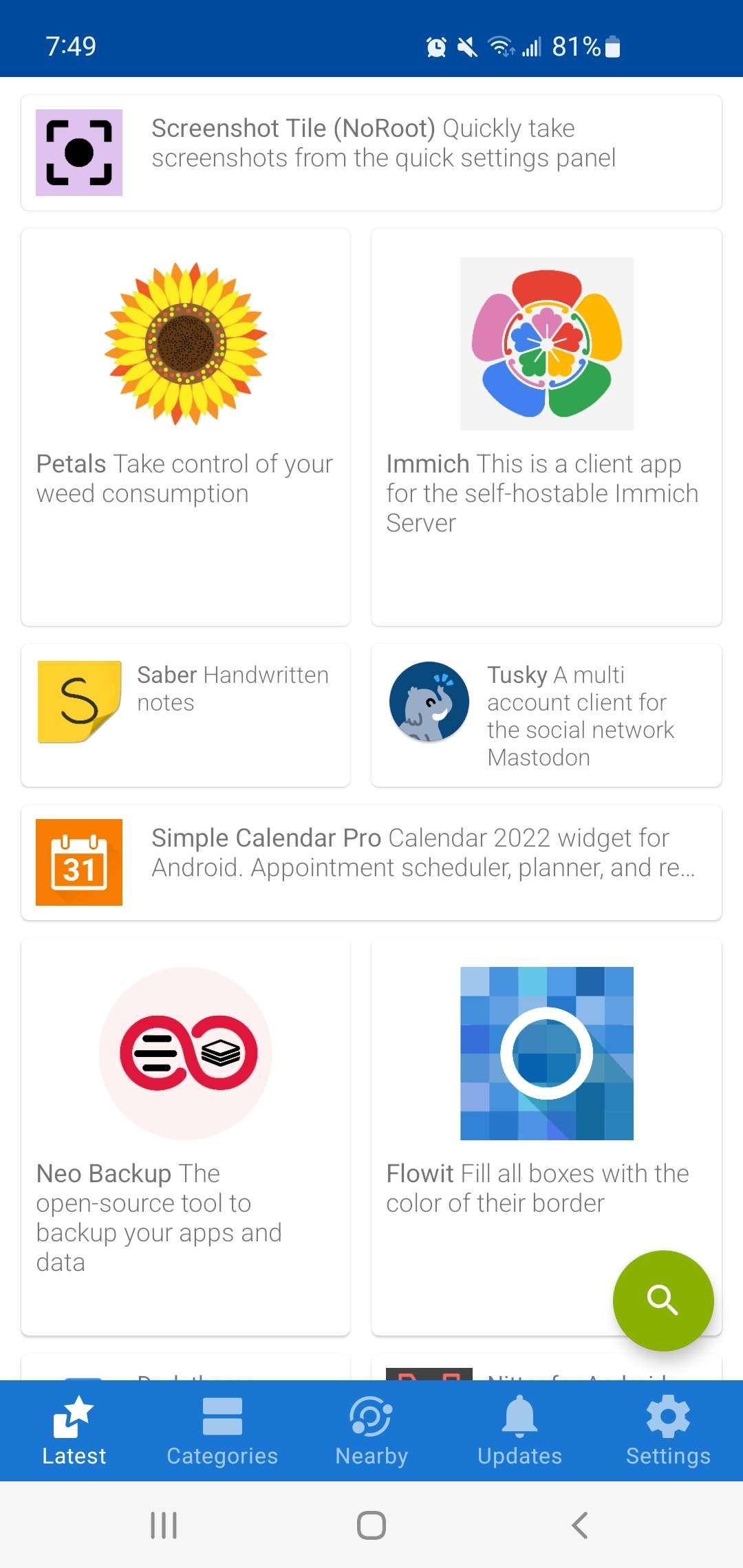
13 Uninstall bloatware
While the Google Pixel phones offer a clean experience with minimal bloatware, the same cannot be said about other OEM partners. Each Android OEM ships its phone with a selection of apps you might not want to use. These apps take up space on your phone, send unnecessary notifications, and may run in the background using battery and data.
To stop these apps from hogging your phone's system resources, uninstall them from your Android device. If you own a Samsung device, read our guide on deleting Samsung apps from your phone. Similarly, you can find tutorials to delete bloatware from your smartphone with a simple Google Search.
14 Quick launch camera
Camera is one of the most used apps for all smartphone users. To ensure you don't miss out on capturing the beautiful moments in your life, learn how to launch the camera on your phone in seconds. You can double-click the power button to launch the camera on most smartphones, including Pixels, OnePlus, and Samsung. When the camera is open, press the volume up or down key to capture shots and long-press to start a video recording.
15 Password protect photos on Android
Sometimes we capture private moments that we don't want to share with others. The best way to ensure the security of these photos is to hide them inside a password-secure vault. If you use Google Photos, go to Library > Utilities and set up the Locked Folder. You can also use the Secure Folder feature on Samsung Galaxy phones to create a locked folder to store your private photos and files. You'll find this feature in the Biometrics and security section of the Settings app.
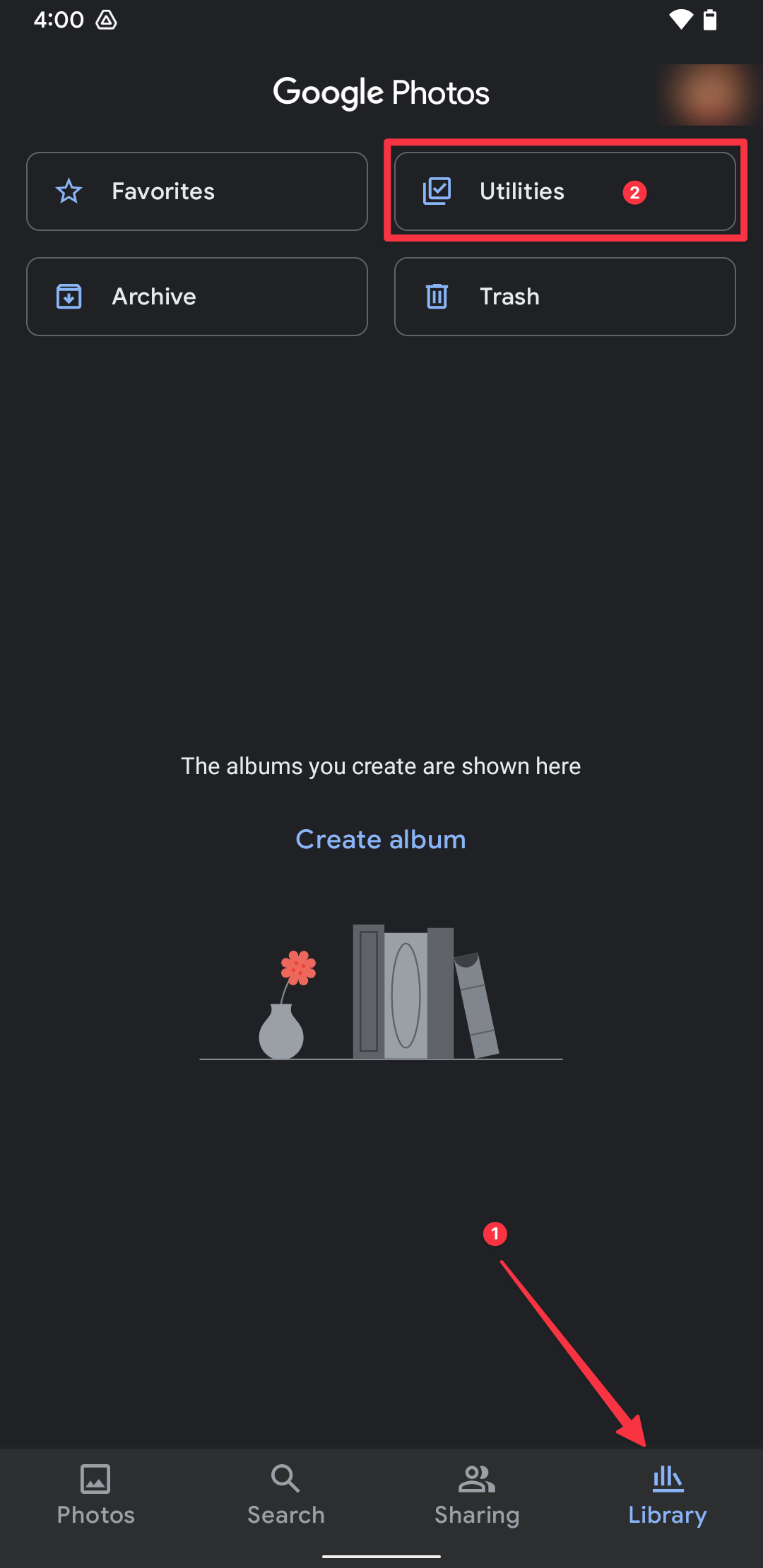
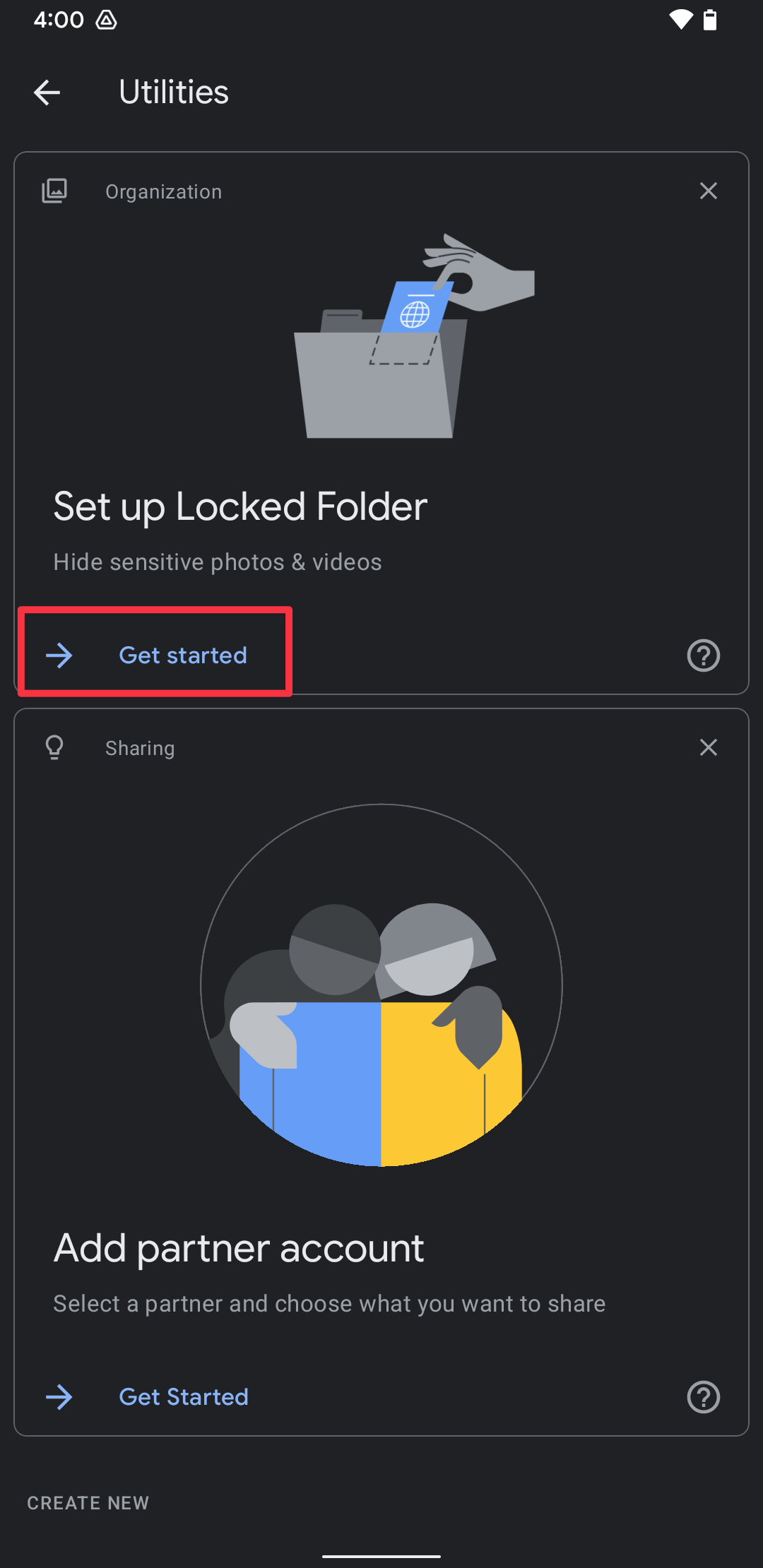
16 Use app pinning to restrict access to your phone
There are times when you have to hand over your phone to someone. You can use Android's app pinning feature to ensure that the person doesn't snoop around. When you pin an app in Android, you can only use that app and cannot open anything else.
To enable this feature on your Android smartphone, go to Settings > Security > App pinning and enable the Use app pinning toggle. To pin an app, open the recent app menu and tap the app icon. Now tap the Pin option to pin the app.
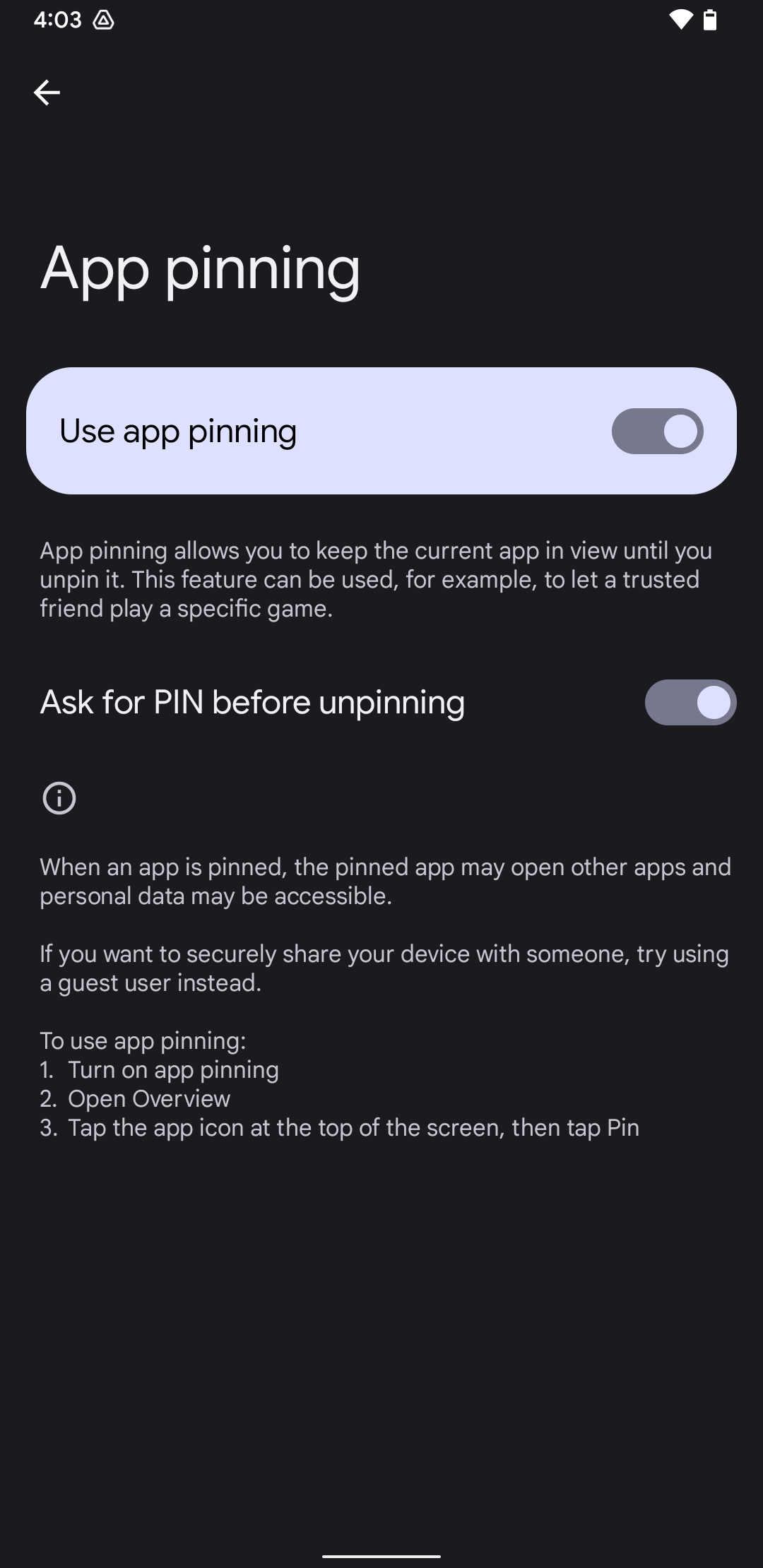
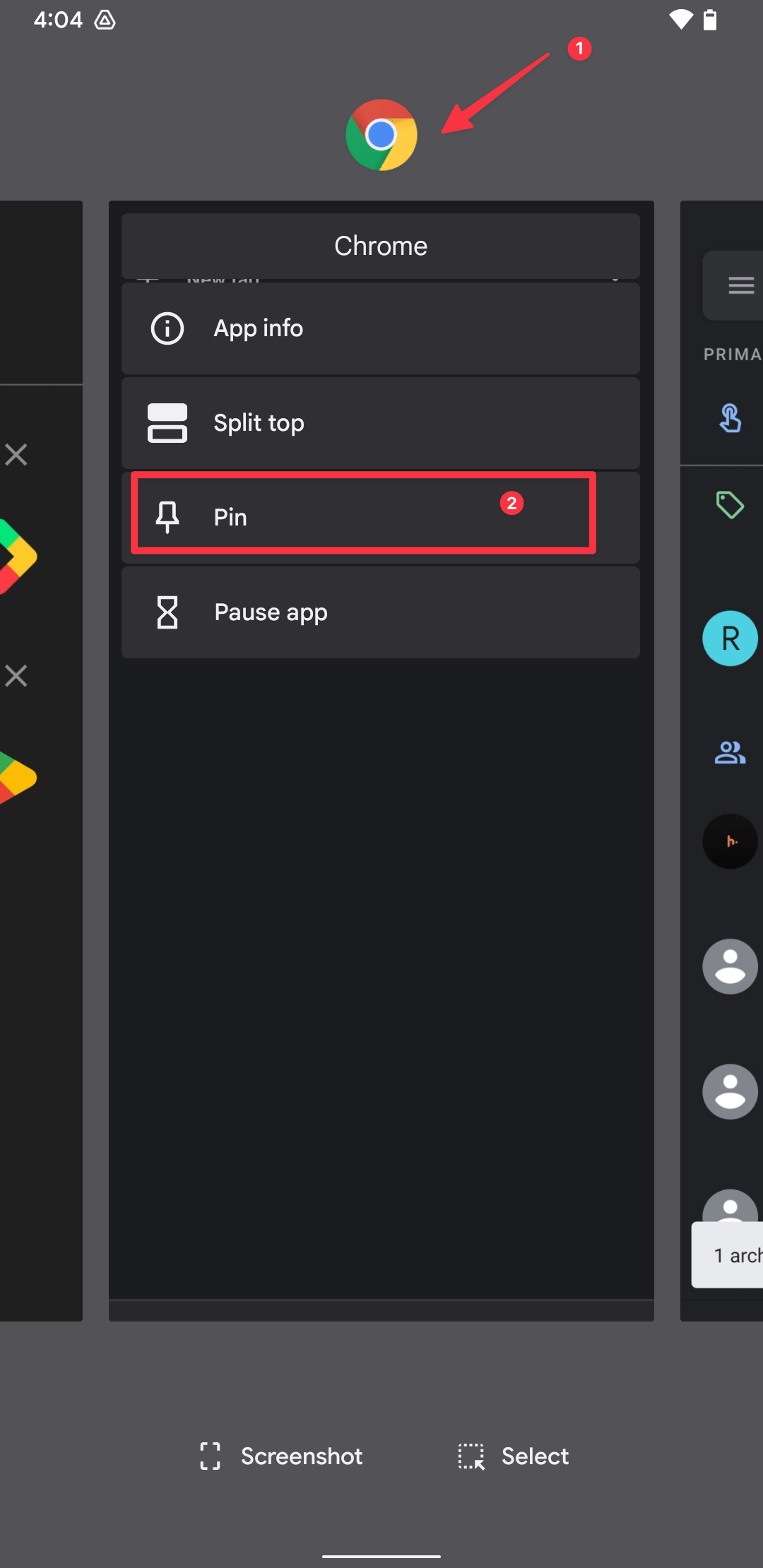
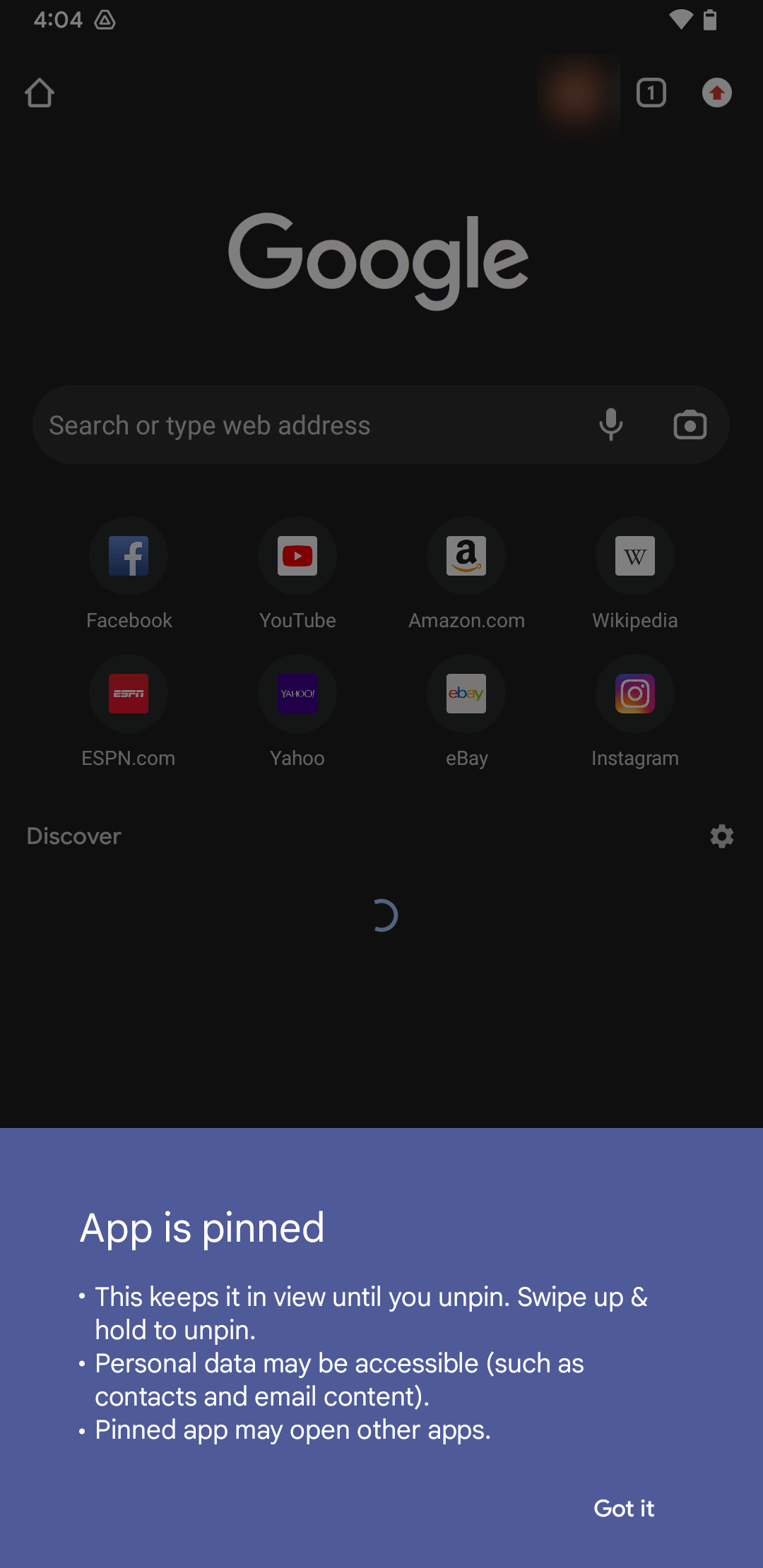
17 Bonus: Require a password for turning off your phone
Samsung's OneUI offers several features you won't find on the stock Android. One of our favorite features is the Secure Lock feature which requires a password when you want to turn off your device. It's a handy feature that ensures no one can switch off your phone without permission. If someone steals your phone, they won't be able to turn it off, and you can track it using the Find My Device feature.
The feature works by default when you enable Find My Device. If it's not working, go to Settings > Lock Screen > Secure lock settings and turn on the Lock network and security toggle.
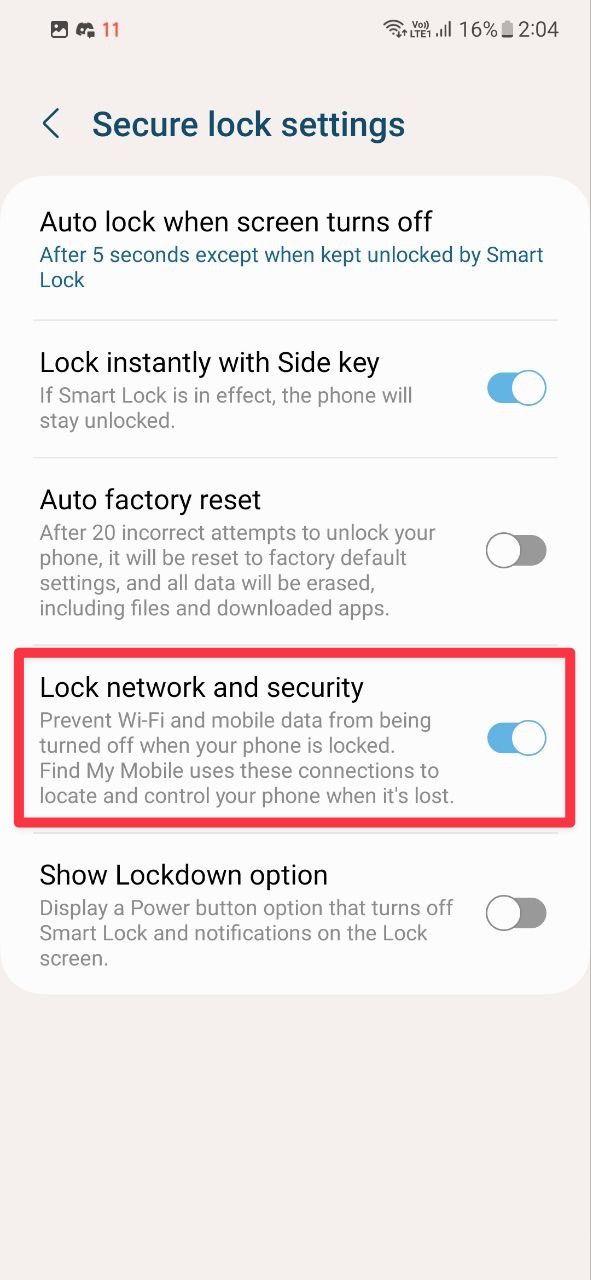
When your phone is locked and someone tries to switch it off, it asks for your password. You don't get this feature on stock Android smartphones. However, other smartphone OEMs like Realme offer this feature, so check whether your phone supports this feature.
Supercharge your Android smartphone with these Android hacks
We have mentioned our favorite helpful Android tips and tricks, but this is just the tip of the iceberg. Android is packed with features that can supercharge your Android experience. For starters, check out our guide on Android 13 tips and tricks to learn new features if you updated your phone to the latest Android 13 operating system. Once you are familiar with these features, you can start looking into Developer Options to access hidden features on Android.

